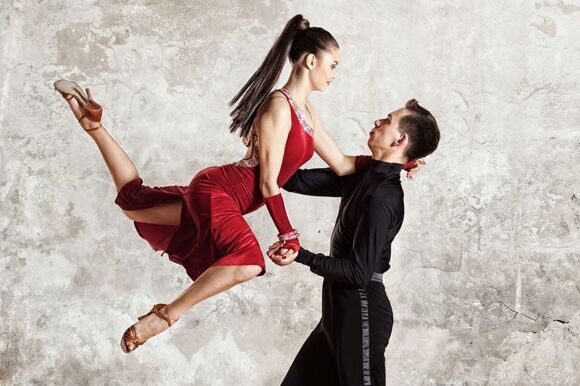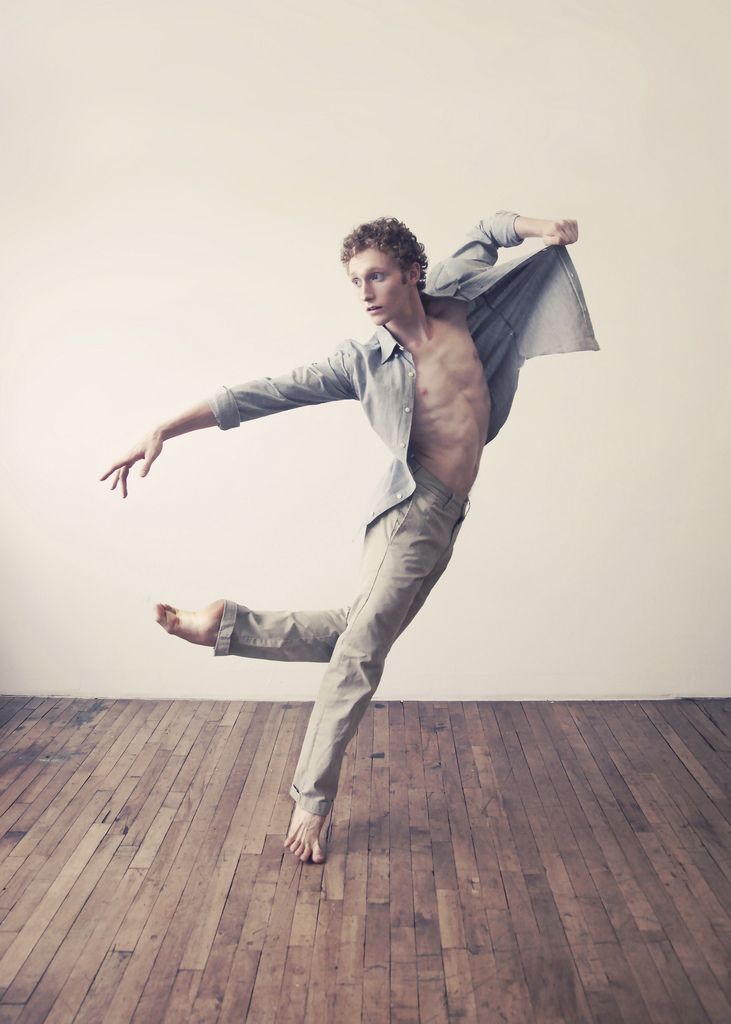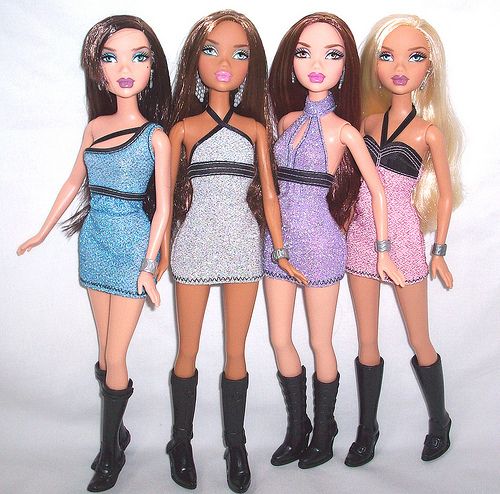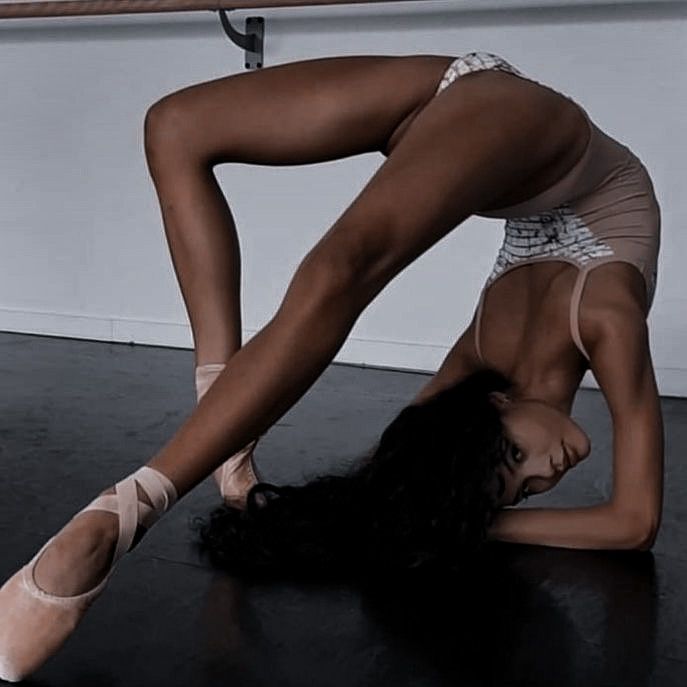How to make dance songs
How To Make EDM Music - A Quick Guide
Do you love Electronic Dance Music? Eager to learn how to make EDM?
We’ll walk you through what you need to know if you want to start producing EDM music! You’ll see that it’s really not impossible for your songs to sound as powerful as radio hits created by some of the biggest names in the industry. Your tracks can sound like ones played by Major Lazer, Calvin Harris, AVICII, etc.
Starting pointAs a beginner in the world of EDM, you’re most likely troubled by the following questions:
- Which equipment do I need to get?
- What’s the best software?
- Should I use PC or Mac?
- Desktop or laptop?
- What is a MIDI?
- What are key production guidelines to follow?
We’ll answer all of these questions in the text below! With some effort and will on your side, you’ll be able to sound as good as Skrillex soon enough. If you still feel uncomfortable to produce EDM songs on your own, even after reading our tips, you can always opt to hire a professional music producer.
This article is intended for beginners, yes, but it also contains very helpful tips for those who have already entered the world of electronic music production. So, without further ado, let’s get down to business!
Computer: The Most Important Musical Instrument of the EDM GenreNowadays, virtually anyone can produce music.
Back in the day, the entire process was really expensive and space-consuming. You needed a whole lot of gear that you had to fit in somewhere. That is probably why many music enthusiasts preferred electric guitars instead of heavyweight, yet fragile synthesizers.
Over the past couple of years, though, large studios packed with gear were replaced by a wide range of software that simulates it. That’s why computers are described as the main instrument for creating EDM. A producer puts together different sounds using the Digital Audio Workstation, which is similar to arranging the pieces of a puzzle. After finishing the track, the producer exports out their work to an audible file, e.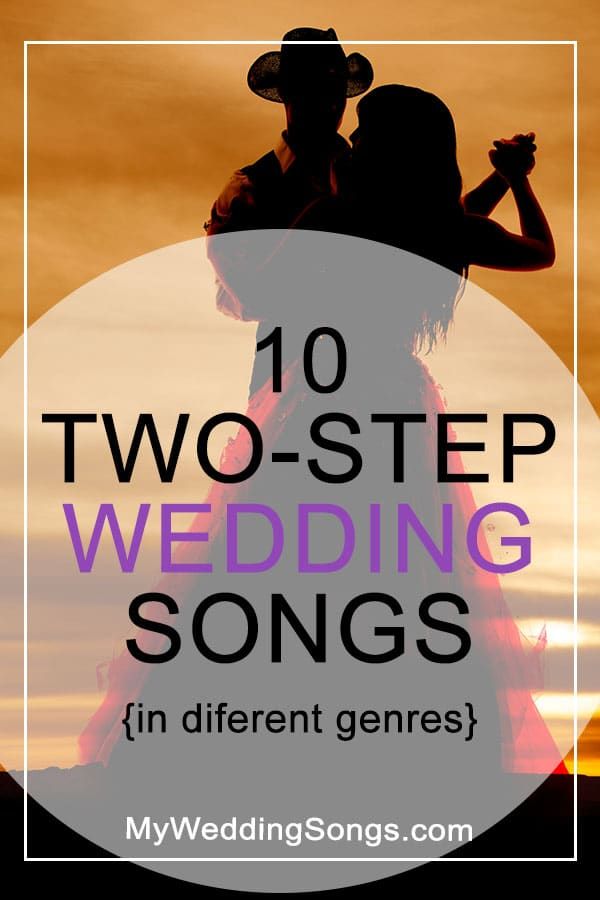 g. wav or mp3.
g. wav or mp3.
The Internet
A very important part of electronic music culture is the Internet. Artists paved their way to success by using services like Spotify, Soundcloud, and YouTube to upload their works. Their everyday routine also includes sharing samples among each other and downloading software provided for online purchases.
If you’re wondering how long it takes for an EDM producer to finish their track, there is really no unique answer. Depending on inspiration and skills, some artists can finish their songs in a matter of hours, and for others, it will take weeks or even months. But, thanks to advancements in technology, today’s producers have the convenience of being able to save their work and come back to it later.
Are EDM Artists Producers or DJs?People commonly use the terms “producer” and “DJ” as synonyms, but there’s a fundamental difference between the two.
A music producer is someone who plays hardware and software instruments, creates arrangements and records all that on a computer.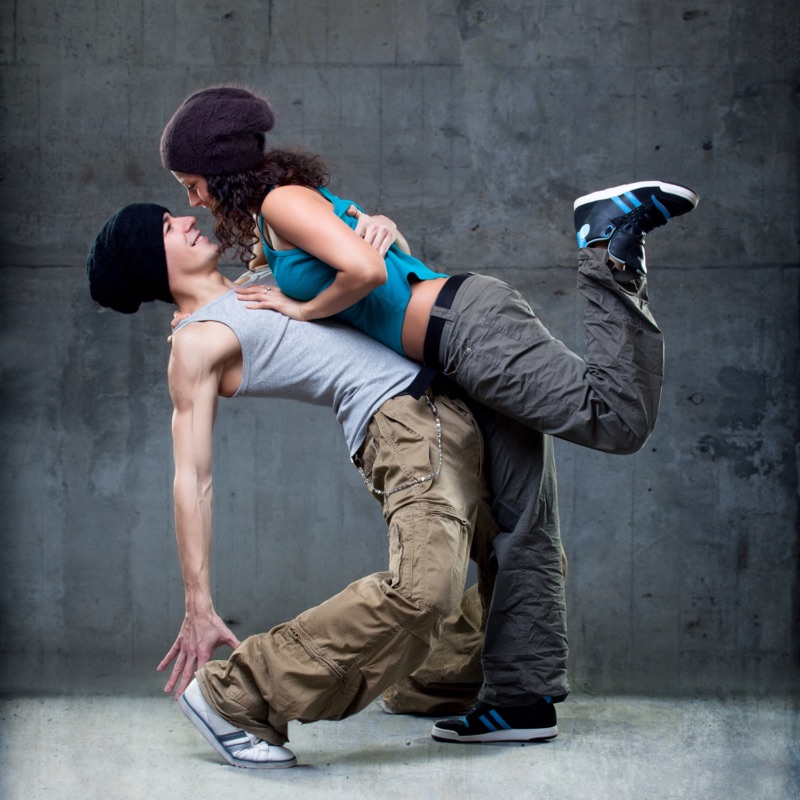 On the other hand, a DJ is a performer who plays tracks created by other people to a live audience. Of course, producers can also play music live, but they perform their original music and probably prefer not to be called DJs.
On the other hand, a DJ is a performer who plays tracks created by other people to a live audience. Of course, producers can also play music live, but they perform their original music and probably prefer not to be called DJs.
So, the next time someone asks you who your favorite EDM DJ is, they’ll most likely be thinking of a producer.
Where the Sounds Come From: The Story of MIDITo answer this question, you first need to understand what MIDI is. MIDI is short for Musical Instrument Digital Interface. It’s a technical standard which helps all the keyboards, pads, samplers and other musical gadgets in your nearby music equipment shop function.
What’s interesting about MIDI is that this standard was adopted in the early eighties and hasn’t changed to this very day. MIDI is a standardized language that allows communication between electronic instruments and computers. Every time you hit a key on your keyboard, it is recorded on your computer. That recording contains information about loudness and pitch.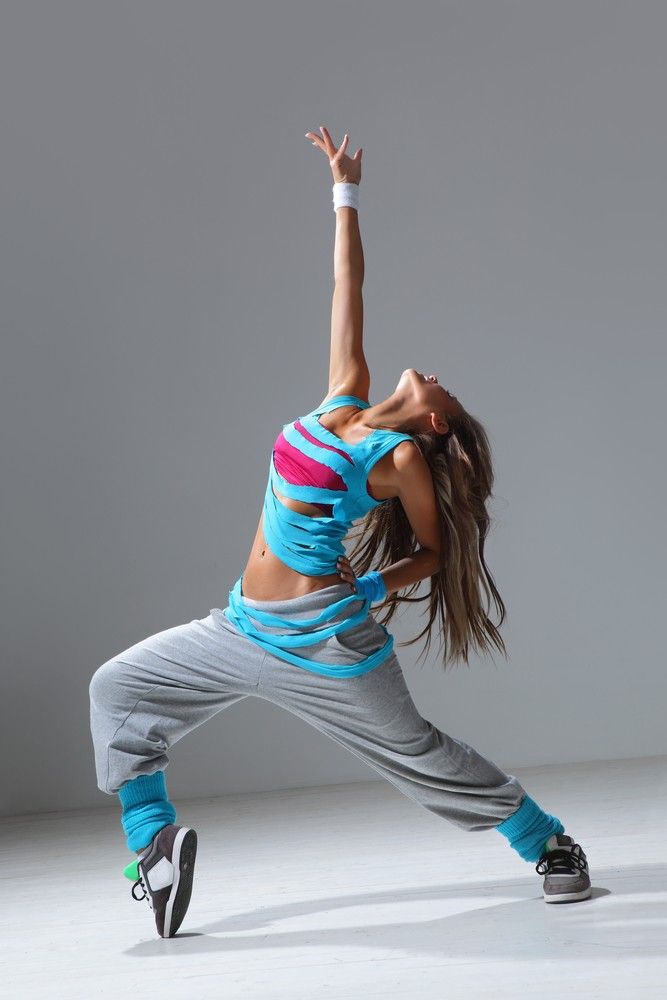 However, the best part about it is that by using different software, you can translate these information into various sounds.
However, the best part about it is that by using different software, you can translate these information into various sounds.
In other words, the same information is used for a wide range of colorful synths, beats, glitches, etc.
The HardwareIt’s really not that important whether you end up choosing a PC or Mac computer. With adequate knowledge, you can achieve the same quality for your final musical product. Performers that play live shows typically use laptops, simply because they are easy to carry with them when they’re on the road.
Generally speaking, computers produced by Apple are more reliable, and that is the reason why they are the “weapon of choice” of many famous EDM artists.
Things to have in mind when purchasing a computer for music production:
- plenty of RAM (16-32GB)
- a powerful processor (Intel i7, for example)
- a high-speed hard drive (SSD is ideal)
- a large display (if not two) with a high resolution.

Another piece of hardware that is essential to making music is the audio interface.
Many people popularly call it the “sound card”, but it is actually an expansion that provides input and output of audio signals to and from a computer. Without it, you wouldn’t be able to use your MIDI controller or listen to your creation through the speakers. We recommend portable audio interfaces, such as Scarlett 2i2, that use a USB connection.
There is a large number of MIDI keyboard or pad controllers available on the market. If you aim to create melodic themes (like on a piano), a keyboard controller is the perfect device for you. The pad controllers are generally used for beats, breaks and sample-based tunes. Our recommendation is to buy a controller that features both keys and pads, by manufacturers such as Native Instruments, Korg, or Novation.
Last but not the least, you will need a good pair of headphones along with studio monitor speakers.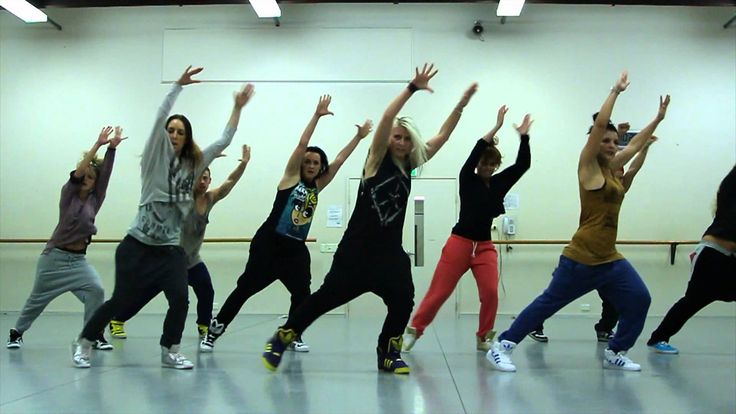 The monitor speakers are designed to provide an accurate reproduction of sound, unlike regular HI-FI speakers that are made to sound GOOD, not accurate. Manufacturers: PreSonus, ADAM, Yamaha, etc.
The monitor speakers are designed to provide an accurate reproduction of sound, unlike regular HI-FI speakers that are made to sound GOOD, not accurate. Manufacturers: PreSonus, ADAM, Yamaha, etc.
If you’re planning to record vocals and use the popular auto-tune effect, the best results are achieved with a quality condenser microphone, which is a very broad subject on its own that we’ll discuss on another occasion.
The SoftwareThe two most important software components of electronic music production are the DAW and virtual instruments.
The DAW (Digital Audio Workstation) is used for recording, editing and producing audio files. This kind of application software supports devices that operate using the above-mentioned MIDI. The most popular DAWs for EDM music are Ableton Live, Logic Pro or FL Studio. There is a plenty of very useful online tutorials (on YouTube, for example), that can help you with your DAW of choice. Being a music producer requires a lot of proactive research, so don’t hesitate to do it!
Virtual instruments and effects operate inside DAWs, and in most cases they are installed separately.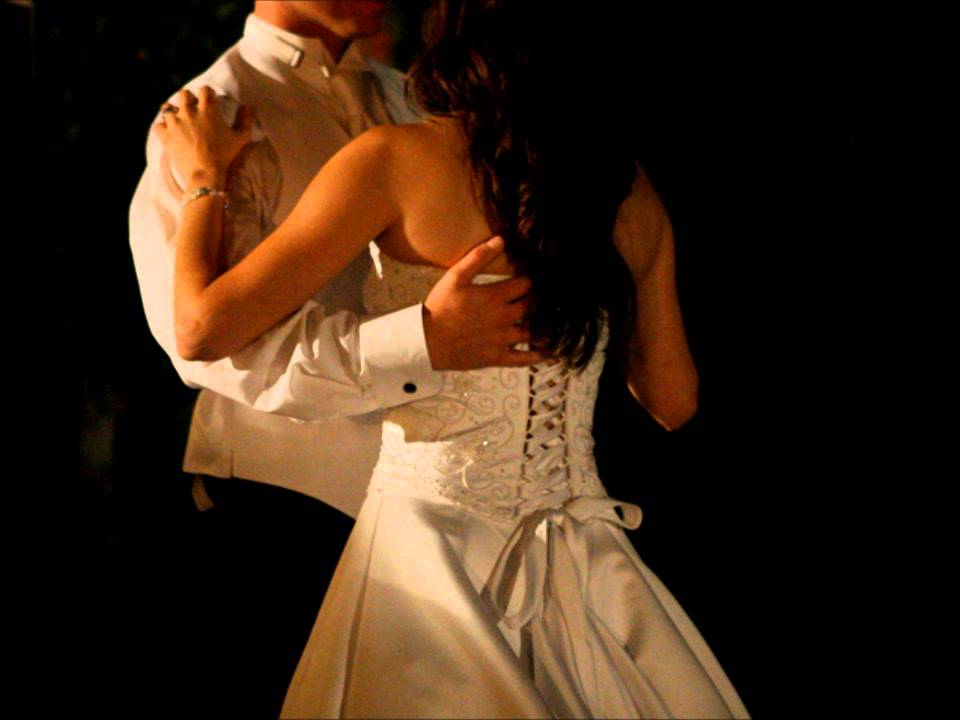 They are used for instrument simulation, manipulating the color of the sound, and many other audio production-related tasks.
They are used for instrument simulation, manipulating the color of the sound, and many other audio production-related tasks.
For example, Komplete 11 became very popular among EDM producers as of late. Apart from creating original synthesized sounds and rhythms, EDM artists often use sampling and looping of other songs.
As you may have already realized, audio production is an expensive kind of sport.
You don’t need to buy all the equipment as a beginner. A decent computer, sound card, MIDI controller, headphones and reliable speakers will be enough to start you off. Here are some advices about the important aspects of the EDM genre: recording and producing vocals, arrangements and mixing.
Creating Your First EDM TrackThe key to become an EDM producer lies in learning how to use your DAW.
As we said earlier, if you use a PC computer, FL Studio is an excellent choice. If you’re a Mac user, you should go with Logic Pro X. Ableton Live is also very popular, and its advantage is that it’s compatible with both Mac and PC. The more DAWs you master, the better your skills and flexibility will get.
The more DAWs you master, the better your skills and flexibility will get.
Making music means that you’ll have a lot of fun, but before you start, you’ll need to learn all the aspects of your DAW of choice. The best way to do that is to watch a lot of online video courses and tutorials. They also include examples that you can try to replicate while you watch them.
By saying learning to work in DAW, we also mean to get comfortable with using tons of different virtual instruments and effects that work inside of it. If you’re looking for something specific, like equalizing your synths, compressing or adding reverb, then we recommend to watch YouTube videos. There are literally thousands of videos available on the topic.
If you want to gain more systematic knowledge, which will cover the music production from start to finish, then we suggest you subscribe to some of the online video courses. Coursera contains a large collection of courses created by prestigious universities and educational institutions. Surely you can find many courses related to EDM and music production, in general.
Surely you can find many courses related to EDM and music production, in general.
The vocals play a very important element in a track, if not the most important one. They are what makes music recognizable and memorable. So, if you decide to have singing parts in your EDM creations, then you should know there are many vocal sample packs available online.
Every serious producer has their own large bank of samples. However, if you use samples, make sure you alter them enough to become your original work, using previously described plugins. If you decide to record the vocals on your own, you’ll need an adequate microphone. Rode NT1A, would be a good choice.
The most common effects used for production of vocals are:
The equalizer — used to adjust the balance of frequencies, from the lowest to highest, in order to make the vocal “shine”.
The compressor — crucial for processing EDM vocals. You want your singer to sound consistent and equally loud throughout the song. Compression flattens the signal by making quieter parts louder and vice versa.
You want your singer to sound consistent and equally loud throughout the song. Compression flattens the signal by making quieter parts louder and vice versa.
Auto-tune — created by Antares Audio Technologies, auto-tune is a very popular tool in this genre. Almost everybody in the music production world uses it for vocal processing to some degree. It corrects the pitch of singing to create that recognizable, artificial sound.
Reverbs, delays — this is where the fun begins! The spatial effects that make your vocals sound bigger and more powerful.
Of course, it is possible to achieve good results in home conditions, too, but nothing is as good as recording and producing vocals in a professional studio. At Supreme Tracks, you have the opportunity to hire top session singers who will turn your vocal ideas into breathtaking tracks. We offer a full range of services to artists worldwide. From writing lyrics and arranging vocal melodies, to recording lead and backing vocals – we got you covered!
Tips for Advanced EDM Production Learners
In order to help those who are a little more versed in this matter, here are some advice regarding using VST or AU plugins. This will also serve as a useful reminder for beginners after they master their first steps.
This will also serve as a useful reminder for beginners after they master their first steps.
The general rule for equalizers — and for other effects, in general — is listen carefully and don’t overdo it. If your channel sounds good when you play it solo, doesn’t interfere with other channels in the mix, then it won’t have to be treated with an EQ.
The foundation of EDM is rhythm, so start from there.
- Use a high-pass filter to achieve clarity on kick drum or bass, by cutting everything below 40-50 Hz — this rule also applies to a whole mix!
- To emphasize the low-end, make a shelving boost of about 80-100 Hz. This is also a frequency that is important for the bass line, which is why many producers use side-chain compression, so that the bass and kick drum can be heard clearly at the same time.
- In case your mix sounds too “boomy” or “muddy”, you should consider lowering the range around 200-250 Hz.
- The range between 300 and 600 Hz can sound a little bit “boxy” if you boost it, so be careful with that.
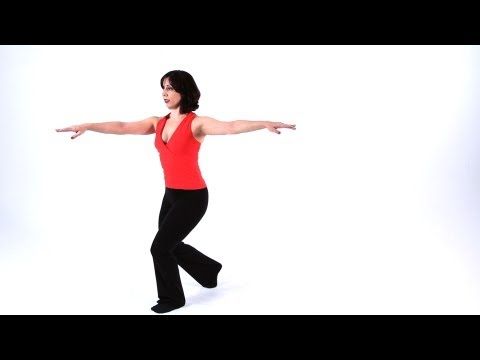
- If you want your bass line to stand out, boost its channel around 700-800 Hz.
- Bringing out the range between 1 and 4 kHz will give presence to your keyboard or synth parts, add clarity to vocals, as well as the higher harmonics of your kick drum and snare.
- Cutting 5 kHz makes your sounds appear more distant, so it can be useful if you want to achieve that. Boosting this range will make percussive instruments really stand out.
- When you mix vocals, chances are that, in some stage, you will probably have to cut between 6–8 kHz to reduce sibilance.
- Everything above 10 kHz adds “air” to your channels or mix.
Reducing dynamics (the difference between loud and quiet parts of the track) is probably what you want to achieve with your compressor of choice. After all, it’s one of the main characteristics of EDM production approach. Compressors are widely used on effect chains of individual tracks, and on final mixes during the mastering process.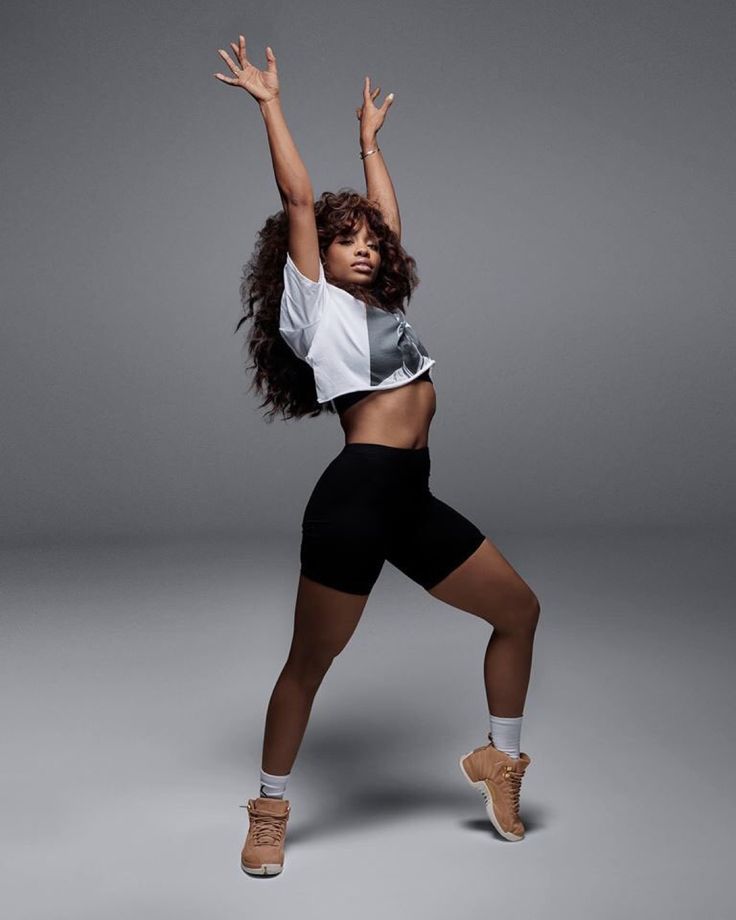
Be careful with attack and release time. if you set your compressor to attack fast, you will lose some of the transients on your beats. The ratio function serves to apply the amount of compression. For example, if you set it to 4:1, every 4 dB of your signal will be reduced to 1 dB—when the signal reaches above the set threshold.
Don’t be afraid to experiment with the threshold function. If you set it too low, it will cause the “pumping” of your track. But maybe that is what you want to achieve: excessive compression, which was considered undesirable in the past, is now a very popular effect in electronic music.
3. Using Spatial EffectsThere are no rigid rules and dogmas when it comes to using reverbs and delays. It’s a matter of your taste. You are the one who gets to decide what kind of “reflection” suits your track the best, but you should always have one thing in mind. The spatial effects are generally inserted at the end of your effect chain (after the compressor and/or equalizer).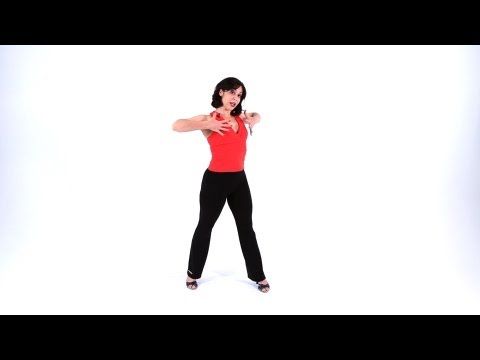
Play with the “wet/dry” function to decide how much room, hall or plate reverb you will add to the track.
To create interesting, rhythmic effects using delay, experiment with the tempo function. If your song is 140 RPM, set the half-tempo or maybe double tempo (280 RPM) to see what will happen.
If you are in need of VST and AU plug-in packages, check out Waves or FabFilter (in case you haven’t already).
4. Mixing Your TracksYour first EDM creations probably won’t sound as loud, powerful, colorful and crisp as those hits played on dance floors. You need to practice in order to master the art of finding the perfect levels for your beats, basses and synths, especially when you mix at home.
5. Explore Different OptionsAnother important thing regarding electronic music is experimenting. You will be surprised how much the atmosphere of a song can change with simple edits. Throw in a different kick or snare drum, change the color of the leading theme, or slow down the song’s tempo.
We hope this article helps you learn how to make electronic music and improve your EDM production skills. Let us know your experience in the comments below.
If you prefer that an experienced team of music production services work on producing your EDM track – check out some of the work we’ve done.
Best Party Songs That Always Get People Dancing
To help you plan your next party, we’ve put together a list of the best party songs to get people dancing in 2021. We compiled this list using data from multiple sources and input from our social media followers about what they’re listening to these days.
Check out the full playlist below for more great tunes guaranteed to keep your guests entertained all night long. It’s time to start planning now so you don’t miss any of these amazing tracks at your big shindig!
The Best Party Songs
If you are a Mobile DJ, the right party songs can make or break your business. It is important to find music that will keep people on the dance floor all night long. If you want to build up your repertoire of hit tunes, then this blog post is for you!
If you want to build up your repertoire of hit tunes, then this blog post is for you!
Some people haven’t planned dance parties in a long time, or DJs who’ve just booked their first gig would be the ones stressing out over the event. While it might be understandable, it is not as hard as it seems to make a party memorable and fun.
This is why we’re going to let you in on tips and tricks to planning upbeat party songs that are guaranteed to raise energy levels through the roof at your next event!
Play the best songs of all time, and people will dance and have fun.
80’s Party Songs
The ’80s are considered to be the decade of partying and fun. With many new, fresh, and incredible pop, jazz, rock, and upbeat country music being released in these years, the ’80s were a dream decade for music lovers and party enthusiasts.
From Michael Jackson’s Billie Jean to Bryan Adams’s Summer of ’69, the list of incredible hit songs made in these years is impressive.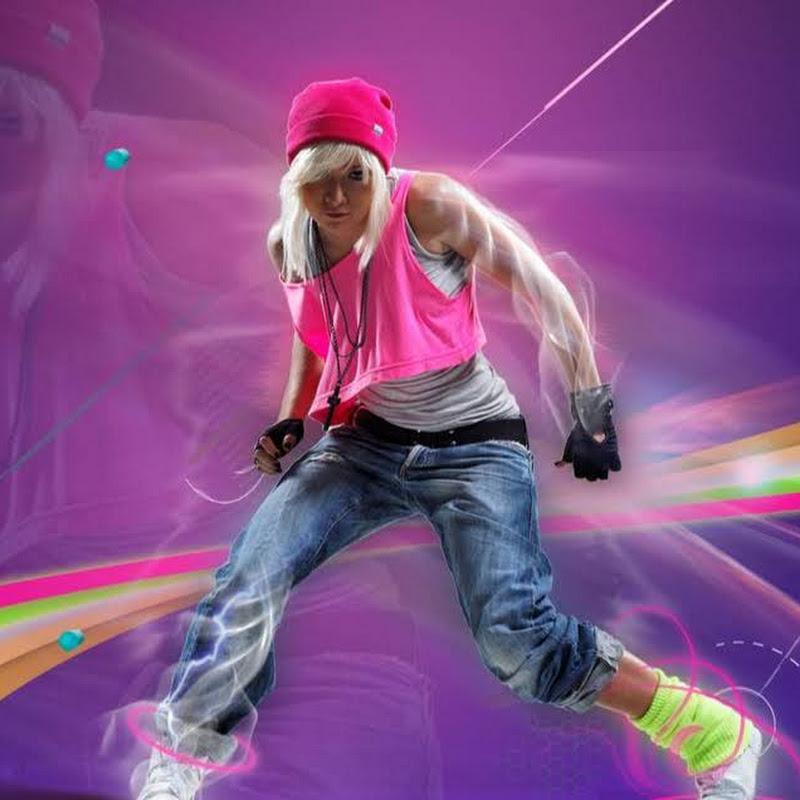 And we’re super happy to bring you a list of the best 80’s hit songs so you can retro-up the dance party playlists with some fun and enjoyable tunes from the past.
And we’re super happy to bring you a list of the best 80’s hit songs so you can retro-up the dance party playlists with some fun and enjoyable tunes from the past.
- Def Leppard – Pour Some Sugar On Me
- AC/DC – You Shook Me All Night Long
- Bon Jovi – Livin’ On A Prayer
- Journey – Don’t Stop Believin’
- Cyndi Lauper – Girls Just Want To Have Fun
- Outfield – Your Love
- Prince – 1999
- Michael Jackson – Billie Jean
- Whitney Houston – I Wanna Dance with Somebody
- Starship – We Built This City
- Bryan Adams – Summer Of ’69
- a-ha – Take On Me
- Michael Jackson – The Way You Make Me Feel
- Wham! – Wake Me Up Before You Go-Go
- Daryl Hall & John Oates – You Make My Dreams Come True
Daryl Hall & John Oates – You Make My Dreams Come True
One of the most beloved and golden songs of the ’80s, You Make My Dreams Come True, is an incredibly upbeat, fast-paced pop and rock song. It gives you that burst of positive energy that you need at a dance party. It’s an amazing song to get everyone riled up, and that’s why you should put it on your party song list.
It gives you that burst of positive energy that you need at a dance party. It’s an amazing song to get everyone riled up, and that’s why you should put it on your party song list.
90’s Hit Songs
The ’90s party songs introduced some incredible artists and unforgettable hits that are still in business. In the ’90s, music was at the peak of popularity and success, especially romance and party music.
- Sir Mix-A-Lot – Baby Got Back
- New Kids on the Block – Step By Step
- Montell Jordan – This Is How We Do It
- Nirvana – Smells Like Teen Spirit
- Will Smith – Gettin’ Jiggy Wit It
- Spice Girls – Wannabe
- Metallica – Enter Sandman
- Kris Kross – Jump
- C+C Music Factory – Gonna Make You Sweat
- Right Said Fred – I’m Too Sexy
- Vanilla Ice – Ice Ice Baby
- Guns N’ Roses – Welcome To The Jungle
- MC Hammer – U Can’t Touch This
- Salt-N-Pepa – Shoop
- Boyz II Men – Motownphilly
This decade was incredibly impressive if you’re thinking of stealing a couple of tunes for your big get-together and parties. Lucky for you, we’ve collected some of the best 90’s hit songs that you can play at your dance party to keep things groovy and enthusiastic.
Lucky for you, we’ve collected some of the best 90’s hit songs that you can play at your dance party to keep things groovy and enthusiastic.
Montell Jordan – This is how we do it
This is how we do it is a classic representation of what the 90’s dance party scene was like. Upbeat, fun, enjoyable, danceable music is what you get from this song. It’s a hip-hop song that has that oomph factor. Whether you’re looking to keep things mellow or getting them groovy, this song will help you set the tune of the party music.
90’s Hip Hop
Hip-hop and rap were truly invented in the ’90s. The recognition that this genre realized is in the decade of the ’90s. Incredible artists who were super-talented in their field and are still considered legends of the rap industry came to popularity in these years.
- DR Dre – Next Episode
- Coolio – Gangsta’s Paradise
- Luniz – I Got 5 On It
- Snoop Dogg – Gin & Juice
- DMX – Ruff Ryders’ Anthem
- Jay Z – Hard Knock Life
- Naughty By Nature – Hip Hop Hooray
- Ice Cube – It Was A Good Day
- The Notorious BIG – Hypnotize
- Warren G – Regulate
- 2Pac – California Love
- Wreckx-n-Effect – Rump Shaker
- A Tribe Called Quest – Can I Kick It?
- Onyx – Slam
- Geto Boys – Mind Playing Tricks On Me
Snoop Dogg’s Gin and Juice, as well as Jay-Z’s Hard Knock Life, are both classic examples of how hip-hop got originated in this decade.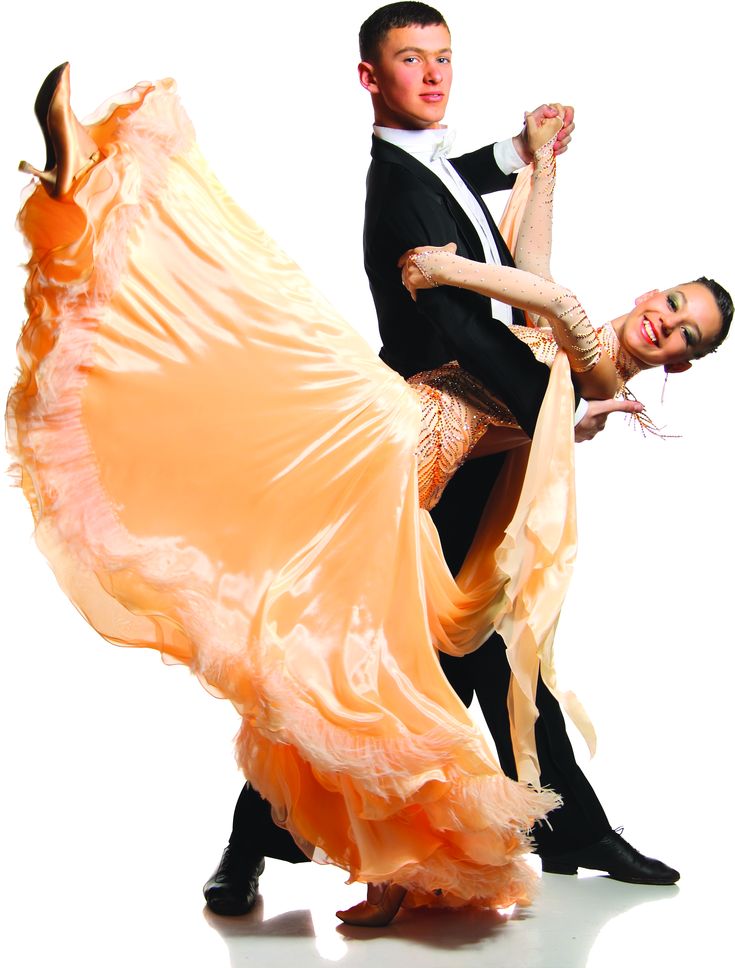
That’s why it is perfect to choose rap songs from for your epic parties and gatherings, and there’s no better place than this to find the best songs list when it comes to 90’s hip hop party songs. Here is our List Classic 90’s Summer House Party Songs
2Pac – California Love
2Pac is undoubtedly the biggest legend of the rap industry. California Love is one of the most iconic hip hop songs of 2Pac in the ’90s. It is a perfect rap song that has a strong beat that you can shake your body to. That’s why we think that this song is going to be perfect for your party.
Classic Country Party Songs
Classic country songs have that perfect country vibe that makes you feel like you’re driving on a long road with a cool breeze and the guitar playing in the background. These songs are perfect if you want to make the crowd feel nostalgic and upbeat during the get-together.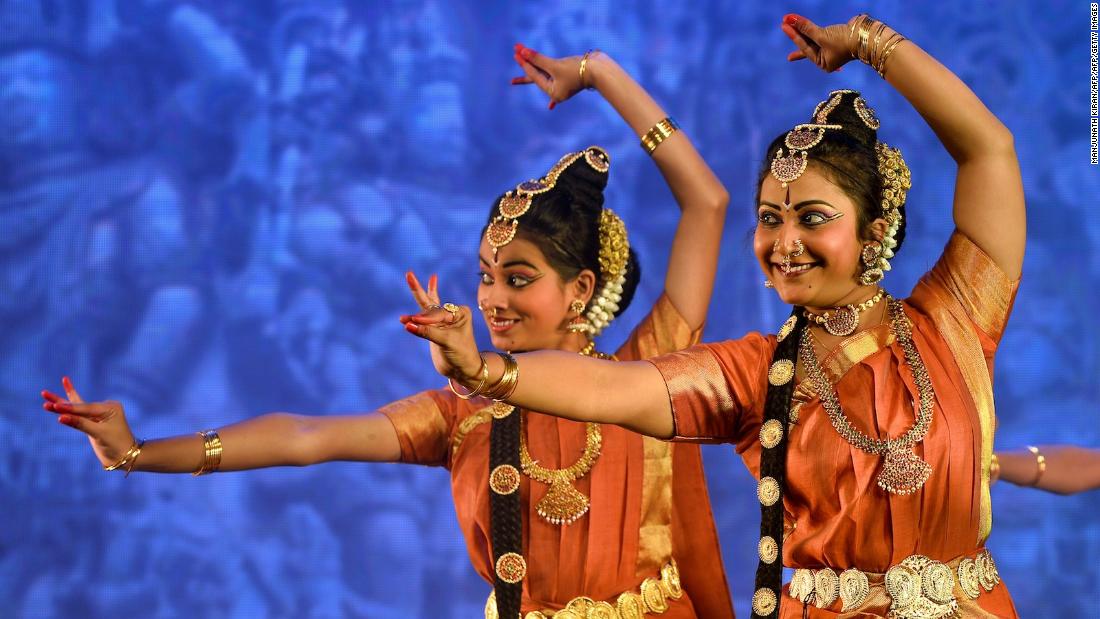
- Garth Brooks – Friends in Low Places
- Billy Ray Cyrus – Achy Breaky Heart
- Big & Rich – Save A Horse (Ride A Cowboy)
- Rascal Flatts – Life Is A Highway
- Zac Brown Band – Toes
- Jason Aldean – Big Green Tractor
- Alan Jackson – It’s Five O’Clock Somewhere
- Kenny Chesney – Summertime
- Zac Brown Band – Chicken Fried
- Kenny Chesney – She Thinks My Tractor’s Sexy
- Brooks & Dunn – Boot Scootin’ Boogie
- Shania Twain – Any Man Of Mine
- Alan Jackson – Chattahoochee
- Travis Tritt – T-R-O-U-B-L-E
- Joe Diffie – Pickup Man
From Kenny Chesney’s Summertime to Billy Ray Cyrus’s Achy Breaky Heart, country songs are beloved not only in the US but worldwide.
If you want to use the best classic country hits in your parties, here’s a list that will surely help you find what you’re looking for. Here is our Classic Country Summer Songs
Kenny Chesney – She Thinks my Tractor’s Sexy
With classical country song vocals and an upbeat and fun vibe, the beat of the song She Thinks my Tractor’s Sexy is lovely that you can surely play at your dance party.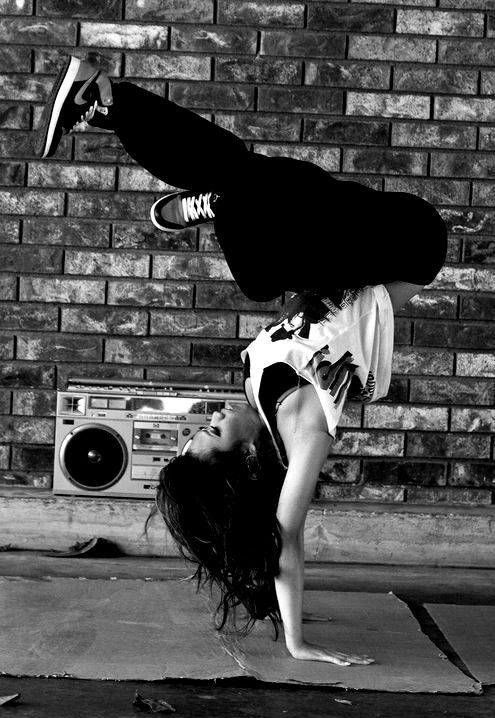 It will set the mood for your dance party crowd and get them riled up for a fun and exciting evening.
It will set the mood for your dance party crowd and get them riled up for a fun and exciting evening.
Early 2000’s Party Songs
In the 2000s, no matter what genre it might be, hip-hop, dance music, romantic songs, dance party songs, jazz, country music, pop songs, and all others got incredible fame and received some of the best songs of all time.
- Chris Brown – Forever
- Justin Timberlake – SexyBack
- Rihanna – Please Don’t Stop The Music
- Black Eyed Peas – Let’s Get It Started
- Nelly – Hot In Herre
- 50 Cent – In Da Club
- N Sync – Bye Bye Bye
- Ricky Martin – Livin’ La Vida Loca
- Cascada – Everytime We Touch
- Britney Spears – Toxic
- Outkast – The Way You Move
- Eminem – Without Me
- Akon – Right Now (Na Na Na)
- Ke$ha – TiK ToK
- Backstreet Boys – I Want It That Way
A lot of new and now very popular singers came to popularity in the decade of 2000s.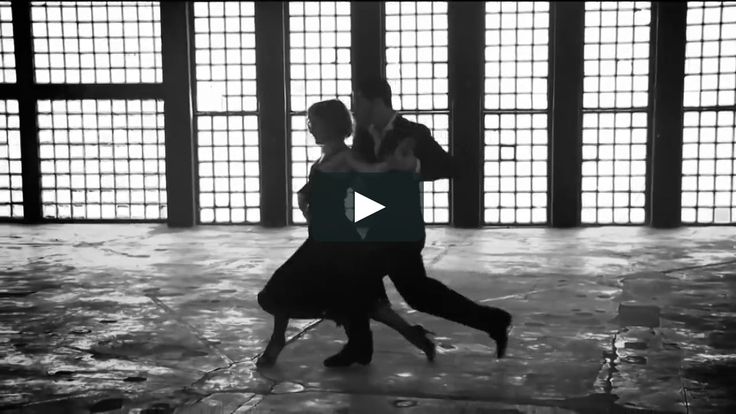 Just so you don’t have to scour the internet to find the perfect 2000’s hit songs, we’ve made a list of the best songs of the decade for you.
Just so you don’t have to scour the internet to find the perfect 2000’s hit songs, we’ve made a list of the best songs of the decade for you.
Chris Brown – Forever
With a memorable beat and tune along with Chris Brown’s incredible vocals and beautiful party lyrics – Forever is a song that you should put on when you want the party-goers to come to the dance floor. Because it is a song that won’t let you stand straight, you’ll move and groove with it indeed.
2000’s Club Songs
Club songs have been a thing since the ’90s, but in the 2000s, club songs got insane popularity. Club songs are meant for you to sway and move your body to. Songs that make you want to get to the dance floor are placed in this category.
- R. Kelly – Ignition
- UNK – 2 Step Remix
- Jamie Foxx – Blame It
- Lil’ Jon – Get Low
- New Boyz – You’re A Jerk
- Ne-Yo – Because Of You
- Juvenile – Back That Thang Up
- UNK – Walk It Out
- LMFAO – Shots
- GS Boyz – Stanky Legg
- Trey Songz – Say Aah
- Flo Rida – Low
- Kanye West – Gold Digger
- T-Pain – I’m Sprung
- E-40 – U And Dat
- David Guetta ft Akon – Sexy Chick
In the 2000s, many gifted artists put in their efforts to make incredible dance party music in the form of club music that you might hear playing in your local clubs to high-class clubs as well.
LMFAO – Shots
LMFAO’s party song called Shots ft. The video of the song perfectly describes Lil Jon. It is such a fast-paced, hip, highly jumpy, and enthusiastic club song that makes every other song boring and uninteresting. We think it will be the perfect song to vibe to while everybody is on the dance floor.
Best Club Songs Part 2
Club songs have been loved and enjoyed till now by all party and dance club-goers alike. Ensuring that you set the dance party’s mood by choosing the perfect songs is incredibly necessary if you’re the host.
- Ying Yang Twins – Salt Shaker
- Lil Jon – Snap Yo Fingers
- J-Kwon – Tipsy
- T-Pain – Buy U A Drank
- Baby Bash – Cyclone
- Yung Joc – It’s Goin Down
- Akon – Smack That
- Nelly – Air Force Ones
- Terror Squad – Lean Back
- Hurricane Chris – The Hand Clap
- Crime Mob – Rock Yo Hips
- Ludacris – My Chick Bad
- Ester Dean – Drop It Low
- Dorrough – Ice Cream Paint Job
- T.
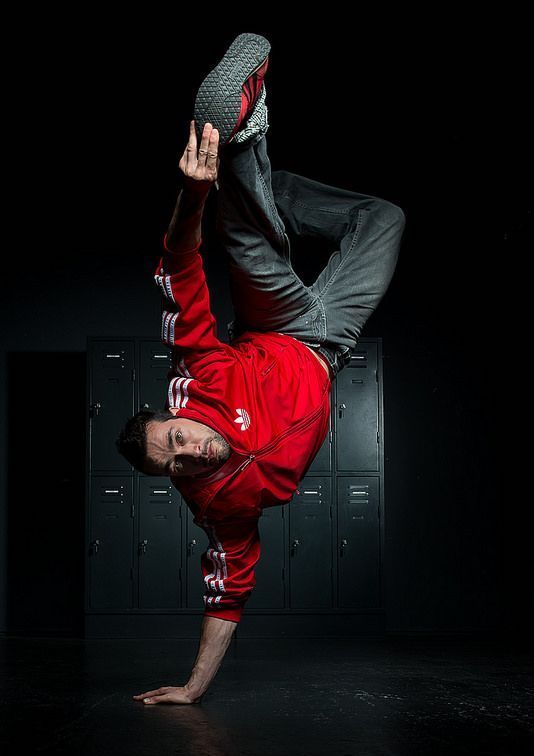 I. – Bring Em Out
I. – Bring Em Out
Baby Bash – Cyclone
Baby Bash’s Cyclone ft. T-Pain is an incredible party song. It has the high bass along with a fun hip-hop beat that you’d want in a club song. It’ll be fun to play at your party, and you should surely include it in your list of party songs, so your crowd has an incredible evening.
Best Club Songs Part 3
There are so many good club songs we had to make a part 3 – Let’s take a look at some of the best 2000’s club songs that you can use for your parties.
- Trey Songz – Bottoms Up
- Young Money – Bed Rock
- Ludacris – How Low
- T-Pain – Bartender
- Huey – Pop, Lock & Drop It
- Yung Joc – It’s Goin Down
- Jeremih – Birthday Sex
- Chris Brown – Kiss Kiss
- Colby O’Donis – What You Got
- Lil Boosie – Wipe Me Down
- Trey Songz – Say Aah
- Ne-Yo – Closer
- Mario – Let Me Love You
- T-Pain – Can’t Believe It
- Akon – I Wanna Love You
- Dem Franchize Boyz – Lean Wit It, Rock Wit It
No matter which decade you might be looking at, finding the perfect dance club songs can be challenging. That’s why we’ve chosen the best songs you can find irrespective of the decade of release. Let’s take a look at these songs together.
That’s why we’ve chosen the best songs you can find irrespective of the decade of release. Let’s take a look at these songs together.
2010’s Hit Songs
In the 2010s, more single artists made their way to the music industry. Many incredibly hit songs made their way to the world scene. Club songs and dance songs and many hip-hop singles came out and about, which all party-goers loved.
- The Black Eyed Peas – I Gotta Feeling
- Taylor Swift – Shake It Off
- Miley Cyrus – Party In The U.S.A.
- Justin Timberlake – Can’t Stop the Feeling
- DJ Khaled – All I Do is Win
- Luis Fonsi – Despacito
- Mark Ronson – Uptown Funk
- One Direction – What Makes You Beautiful
- DJ Snake, Lil Jon – Turn Down for What
- Shakira – Hips Don’t Lie
- Jennifer Lopez – On The Floor
- Flo Rida – Club Can’t Handle Me
- David Guetta – Where Them Girls At
- Katy Perry – Firework
- Pitbull – Don’t Stop The Party
From Shakira’s Hips don’t lie to One Direction’s What Makes You Beautiful, here’s a list of the best of the best hit songs from the decade of 2010’s so you can find the perfect party song and have an incredible evening with your friends and loved ones.
DJ Khaled – All I Do is Win
One of the best hip-hop songs of the early 2010s, DJ Khaled’s All I do is win features a star-studded lineup of rappers and artists that run around and sing their heart out to a perfectly jumpy beat that makes you want to spin around and move your body. It will be a perfect inclusion to your list of party songs.
Group Dance Songs
Now, club songs and singles are one thing, but songs that can make entire crowds vibe together are few and rare. These group dance songs were made by the best of the best artists. These songs fit perfectly to parties and would make your gathering amazingly enjoyable.
- Soulja Boy – Crank Dat (Soulja Boy)
- Cupid – Cupid Shuffle
- V.I.C. – Wobble
- Mr. C – Cha-Cha Slide
- Cali Swag District – Teach Me How To Dougie
- Los Del Rio – Macarena
Rednex – Cotton Eye Joe- Marcia Griffiths – Electric Boogie
Village People – YMCA- The Chicken Dance
- Ray Anthony – Hokey Pokey
- Chubby Checker – The Twist
- Billy Ray Cyrus – Achy Breaky Heart
PSY – GANGNAM STYLE- 69 boyz – Tootsee Roll
2020’s New Party Songs – Drinking Songs
Learning from a history of the most incredible dance party songs, the 2020s had to step things up and provide some of the best, most enjoyable, and super amazing songs. Well, we’d say that up till now, the 2020s have not disappointed at all. Let’s take a look at some of the best 2020’s new party songs released until now.
Well, we’d say that up till now, the 2020s have not disappointed at all. Let’s take a look at some of the best 2020’s new party songs released until now.
- Thomas Rhett – Beer Can’t Fix
- Canaan Smith – Beer Drinkin’ Weather
- Luke Bryan – One Margarita
- Niko Moon – GOOD TIME
- Luke Combs – Lovin’ On You
- Kelsea Ballerini – hole in the bottle
- HARDY – One Beer
- Florida Georgia Line – Life Rolls On
- Jake Owen – Down To The Honkytonk
- Brothers Osborne – All Night
- Kenny Chesney – American Kids
- Luke Bryan – Knockin’ Boots
- Jon Pardi – Head Over Boots
- Eric Church – Drink In My Hand
- Clay Walker – Need a Bar Sometimes
Luke Bryan – One Margarita
A song that promotes love and respect and the joy of partying and overall has an extremely positive and fun vibe, One Margarita by Luke Bryan is undoubtedly one of the top party songs of the 2020s yet. It will be a perfect addition to your list of incredible dance party songs and offer decades’ diversity to your crowd.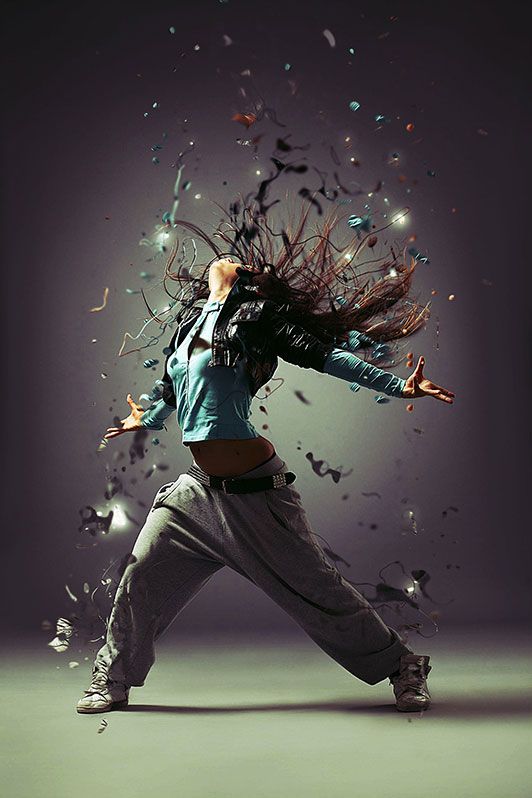
Other Playlists from this Site
It can be difficult to plan the perfect party playlist, but it’s not impossible. The best party songs are ones that will keep people moving and having fun all night long. If you’re looking for a good mix of slow songs mixed with fast-paced tunes, we have some other great recommendations!
- >> School Dance Songs 2022 Exclusive School Dance DJ Song Lists
- >>Best New Prom Songs 2022 | Create a Memorable Prom Dance
- >> 100+ Best Upbeat Happy Songs That Will Put You in a Good Mood | 2022
- >>Best New Summer Songs | Ultimate Beach Playlists 2022
- >>300+ Best Love Songs of All Time | Romantic Songs from 50’s – 2020’s
How to DJ a Party
This blog post is for the mobile DJs out there who are looking to take their skills up a notch.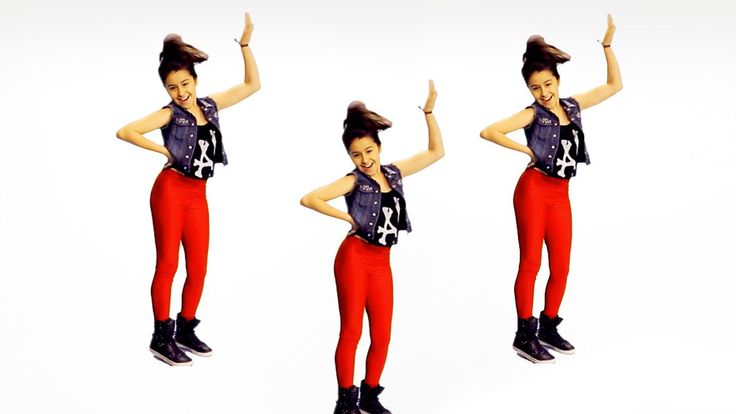 The tips and tricks that will be shared in this article will help you become a pro at what you do, so read on!
The tips and tricks that will be shared in this article will help you become a pro at what you do, so read on!
The best songs are those that get people up on their feet and dancing. From “I Want You Back” by the Jackson 5 to “Uptown Funk” by Bruno Mars, these tunes have been played at parties for decades. These are just some of our favorite dance-worthy tracks from this year (and a few favorites from previous years).
With so many options to choose from, it can be difficult to find the perfect song for your event. Here are some of the most popular party songs that will get people on their feet and dancing all night long.
Planning a Warm-Up Set
What most expert DJs suggest is playing a warm-up before the actual set. In this case, the actual set refers to the set you’ve planned for when there’s a significant number of people on the dance floor.
Quite literally, a warm-up gets the crowd gathering on the dance floor and tapping their feet before you take it up a notch gradually to have them jumping up and down.
What is The Spectrum
The Spectrum is probably one of the most interesting concepts there is in planning party songs for events.
To start, let’s revise the fact that not all dance parties are the same; we have dance party, graduation parties, house parties, wedding parties, and so forth.
Every party suits a specific crowd and a specific vibe. This is where the Spectrum comes into play.
If you’re a dance party host, you probably have somewhat clue what the people in attendance would prefer their music to be like.
For example, if it’s more of an adult event or one with an older generation, then you might want to get them tapping their feet to some old hits.
Likewise, if it’s a house party, then you might prefer setting the pace with low to mid-level EDM in your warm-up playlist.
For example, if you’re at a wedding and you start things off slow, but you notice it didn’t grab anyone’s attention, you might want to up the beat and work your way up from there.
It is, nevertheless, crucial to understand that not all events cater to the same crowd. Graduation parties could be a suit and tie, or they could be laid back, and that’s just one example!
How to Read a Crowd
The first step to DJing a party is knowing what the crowd wants. This means reading their mood and anticipating where they are headed in terms of energy. If there’s someone on the dance floor getting down, then it might be time for some up-tempo jams like (insert song).
Alternatively, if people are standing around not really doing much, then it might be time to slow things down and take a break from the high energy.
Song Selection for a Dance Party
The most important part of DJing a party is picking songs that will get people on their feet. It’s really not hard to do this as there are so many great tunes out there – just pick your favorites!
If you’re not sure what songs work best, then here is a list that will help get the party started:
- “Party Rock Anthem” by LMFAO
- “Don’t Stop Believin'” by Journey
- “I Gotta Feeling” by Black Eyed Peas
- “Uptown Funk” by Mark Ronson ft Bruno Mars
- “Hey Ya” by Outkast
- “Happy” by Pharrell Williams
- “Shake It Off” by Taylor Swift
It’s also a good idea to have some slower songs for when people need or want to take a break from the high energy of partying.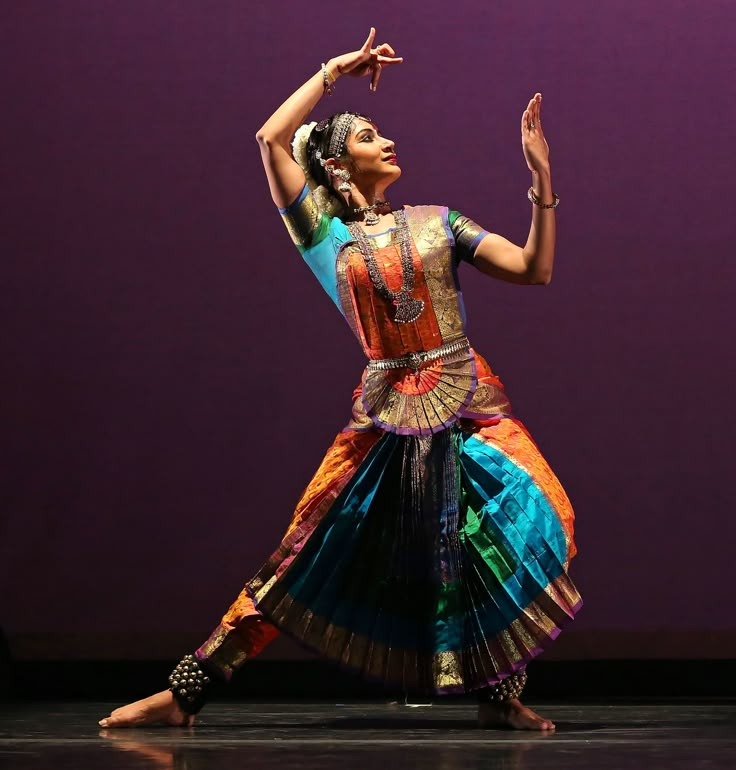 A great option is a slow song.
A great option is a slow song.
You can’t go wrong with songs from – Michael Jackson, Whitney Houston, Bruno Mars, Dr. Dre, and Justin Bieber. Try some other artists like Dua Lipa, Charli XCX, Icona Pop, or Sean Paul. Play some fun songs like – Jump Around, Bust a Move, or Wanna Dance with Somebody.
What’s your go-to song when you’re looking for an instant mood change?
Should the warm-up be from the Billboard Top 100?
DJs who have booked their first gig are probably looking for ways to get the dance party attendees fired upright on the get-go. However, that’s not a smart move. Think about it; you play songs off of the Billboard Top 100 best party songs right as the first person walks through the door – You might have wasted some of your best songs.
However, this isn’t to say you can not play anything from the Billboard Top100. Everything done in moderation is welcomed. You need to be wary of the fact that you can’t spend the entire night shuffling back and forth between the same Top Ten songs.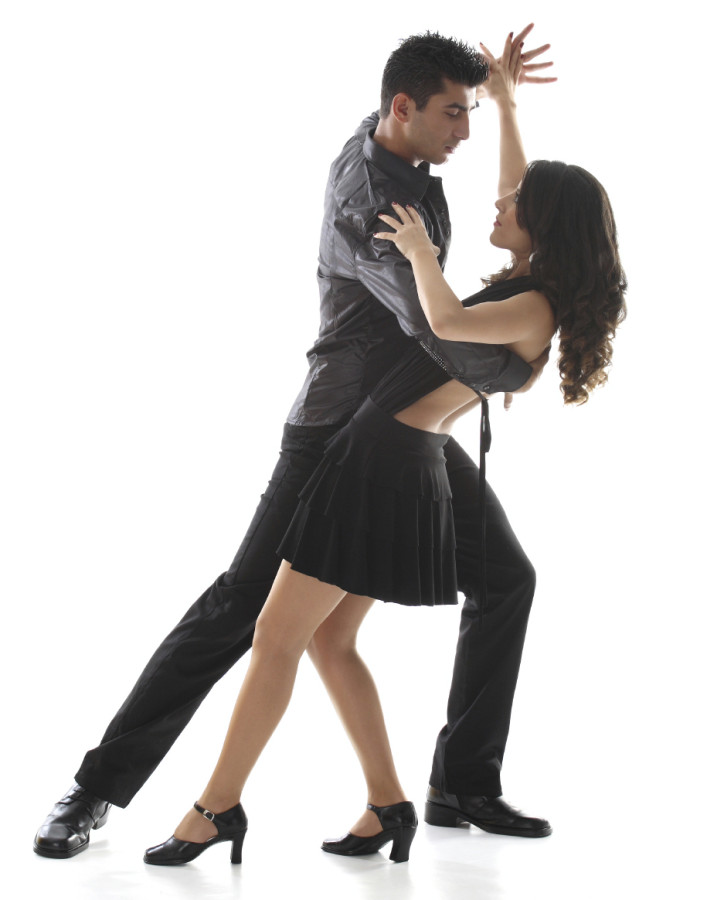
Pace Your Set
Pacing your set doesn’t necessarily mean raising the volume by one with each song, nor does it imply going from smooth jazz to heavy metal. Once you’re familiar with the vibe the party-goers are giving off, and what they’re responding to, you take it up a notch.
Let’s say it’s a house party and people are gathering around to go with an example. The first few people who are coming up are awkward around one another and are probably hanging around by the drinks table. What does that tell you?
For DJs the rules are somewhat the same. You read the room and figure out the vibe. You plan whether or not the attendees will go rowdy or stay calm, and then you set the pace with the music.
Play What’s Trending
While it isn’t advised to play what’s trending right from the get-go, once you’ve set the pace and people are making their way onto the dance floor, you can start playing what’s trending. Again, you can start playing top 100 what’s trending as your warm-up, but try keeping the top songs in your arsenal for when the dance party takes off.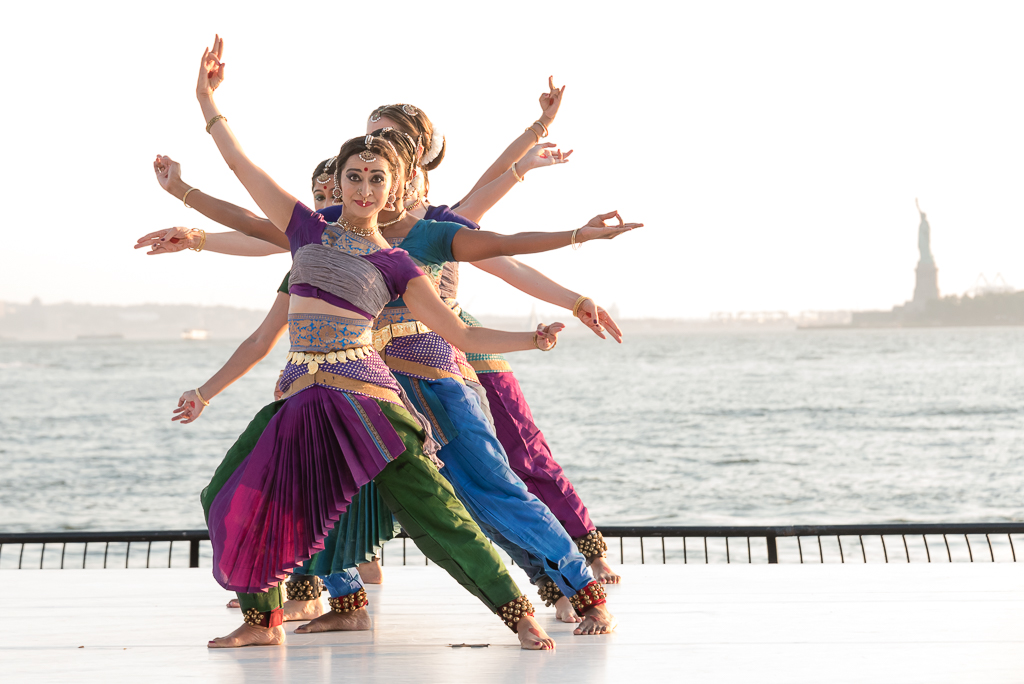
For example, when Silento’s song was on the charts, every party had to have to Watch Me (Whip/Nae Nae) playing. Simultaneously, everyone at the dance party knew they had to dance in an iconic manner when the song was playing.
It was a classic example of triggering a feeling and then reacting with what they associated with that feeling. For a dance party, we’re aiming at channeling fun.
Always aim towards playing whatever is trending as the night goes on. When you feel like there is a sufficient amount of people on the dance floor, you bring out the secret weapon.
The most important part of DJing a party is picking songs that will get people on their feet. It’s really not hard to do this as there are so many great tunes out there – just pick your favorites!
Take Requests
Last but not least: take requests. As either a party host or a DJ, you’re supposed to let the dance party-goers decide the sort of music they’re into. Understandably you could achieve this by reading the room and catching vibes, but it’s sometimes pretty easy when the guests themselves request specific songs.
Is it something you anticipated? Probably not. However, is it necessary! Again, the gist of the party might be obvious, but you can’t understand what sub-sets within the party want to listen to. Perhaps the bride’s friends like a particular music genre and want that to be played during their dance party.
Therefore, it’s perfectly reasonable to take requests; in fact, you should even specify that at the beginning of each party to make sure people in attendance are comfortable enough to bring their choice forward.
Another great thing about taking requests is that it gives people a ‘cheat code’ of sorts at what sort of music the crowd is interested in listening to. If someone asks for nostalgic songs to play and more than a dozen people are vibing to the music, you pace it from there.
Conclusion
Whether you’re hosting a party at home or out on the town, these songs are sure to get people up and dancing.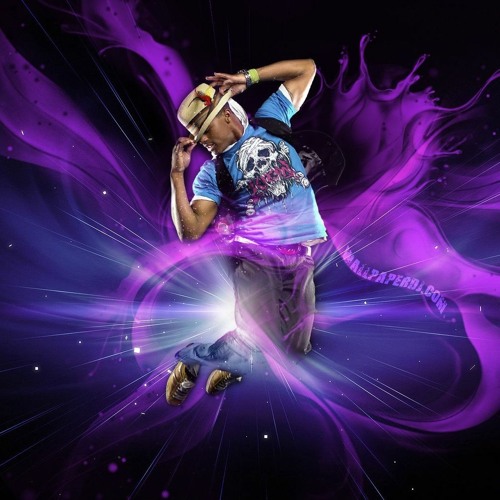 With this list of tunes in your back pocket, it will be easy for you to plan an unforgettable night with friends! Which song do you think is guaranteed to make everyone jump out of their seat? What’s your favorite fun time music playlist?
With this list of tunes in your back pocket, it will be easy for you to plan an unforgettable night with friends! Which song do you think is guaranteed to make everyone jump out of their seat? What’s your favorite fun time music playlist?
Read More
- Honest Best DJ Headphones Product Reviews 2021 | Over The Ear
- Best DJ Software for Music | Highly Effective Free and Paid Options 2021
- Popular TikTok Songs 2022 | Famous Viral Tit Tok Dances
- The Best Drinking Songs Everyone Needs in Their 2022 Playlist
- Great Songs About Friendship | Ultimate Best Friend Songs 2022
Pins for Pinterest
If you like what we see feel free to share some love on Pinterest <3
How I learned to write dance music and started releasing on labels — Music on DTF
A big story about finding yourself in creativity. With pictures and music.
14538 views
Hi, I'm Muchkin. I write music. I make money with soundtracks for indie games, and for my soul and career I also make tracks in the genre of melodic house and techno. About how I came to composing, I wrote in a recent text. Now let me tell you about my path in dance music.
About how I came to composing, I wrote in a recent text. Now let me tell you about my path in dance music.
Screenshot of my latest project so far
Beginning
Somewhere in the ninth grade, I first heard Prodigy - Voodoo People (Pendulum Remix) as part of a mix from DJ Stroitel. I got crazy and started to get interested in drum and bass. I listened to Pendulum, Noisia, Spor, danced drum and bass dance, which we called drumstep.
Then I thought that I also want to write the same energetic cool music with rich drum parts. I had no idea how it was done, and the search led me first to some kind of MIDI editor, in which I made a couple of songs. And then I found FL Studio, a sequencer that I've been using for over a decade.
The first tracks were terrible.
I shared them under a shameful pseudonym on PromoDJ, in an active community of fellow beginners. We intelligently criticized each other's tracks, not knowing anything at all about how music is created. But it's always like that when you start.
But it's always like that when you start.
I once read the idea that you need to make the first 100 songs as quickly as possible, because after them normal music will follow. In my experience, yes, something like this is
Toward the end of school, a dream began to form in me: I will learn how to make cool music for the university, and by the end of the fourth year I will become, if not a world star, then certainly a professional and respected music producer (a person who earns money by creating and performing electronic music ).
University
In fact, for four years at university, I basically did only three things: studied (albeit well), played video games and suffered from fears and anxieties. Despite the fact that the dream still lived somewhere on the border of consciousness, and I considered myself a music producer, writing tracks faded into the background.
It wasn't because I was lazy or because I didn't want to make music.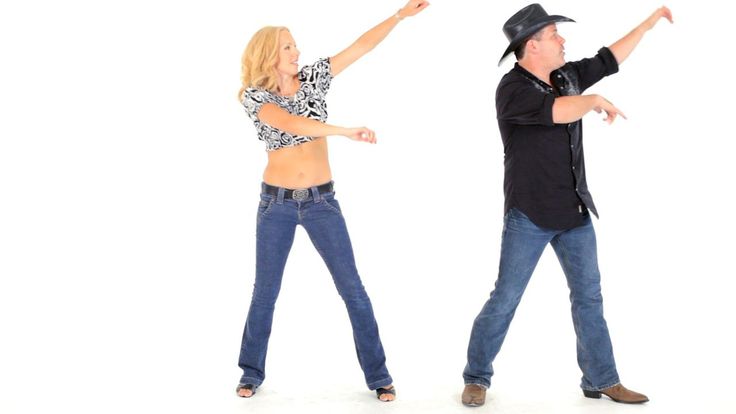 Just because I thought of a great success in advance, creativity turned into a hard and painful task. High anxiety, disorders, traumas, and just the peculiarities of the psyche (which I realized only ten years later thanks to psychotherapy) exacerbated the situation.
Just because I thought of a great success in advance, creativity turned into a hard and painful task. High anxiety, disorders, traumas, and just the peculiarities of the psyche (which I realized only ten years later thanks to psychotherapy) exacerbated the situation.
For example, I wrote this track for a whole year and spent more than hundred hours on it . That was the pace at which I produced finished works at that time.
Funny story. Born in Space found some cunning guy on PromoDJ and wrote me, they say, let's release it on my label. I went nuts from the word "label" and agreed. We even signed some kind of contract through the Proton system. After that, the man disappeared. Until now, the composition can be found on streaming services - he released it ten times, probably, and all under different "labels".
I didn't make a dime from it, of course. I suspect that he is also
Among my other works during this time, one can single out this psychedelic “neurofunk”, in which everything that is possible is not in tonality. When I wrote it, I did not yet know what tonality was.
When I wrote it, I did not yet know what tonality was.
This was supposed to be an intro for my friend's YouTube show, but it never launched.
At the university, I wrote little music, but this does not mean that I did not develop creatively. I listened and analyzed bass genres a lot and sometimes through suffering I made tracks. Many did not finish. So there was progress, but very slow.
This composition also took about a year and 60-80 hours of work.
My music from this period seems to meet some minimal requirements of the genres (the structure is readable, the sounds are more or less intelligible, the kick and snare give some kind of energy, sometimes there is even a sub-bass), but they are crooked, poorly thought out and uninteresting .
I just used samples, notes and instruments that seemed appropriate and didn't think about the big picture, melody or atmosphere. And, I suspect, for the better. If I had been worried about this as well, then anxiety would have completely crushed me.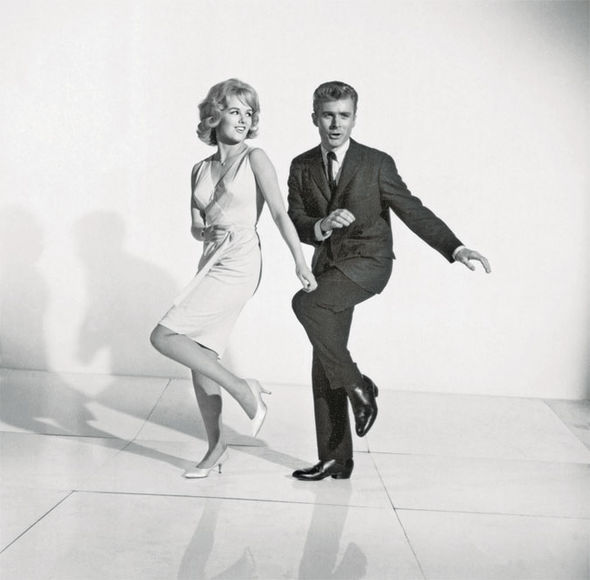
By the way, my suffering also had some advantages. From the very beginning of working in FL Studio, I decided that I needed to create all the presets for the synths myself, and so I did. By the time I received my diploma, I had a good knowledge of the standard synths of the program and even a small library of presets.
By the way, about the diploma: I wrote this experimental composition dedicated to a headache closer to the defense, which is symbolic.
Work
After my bachelor's degree, I went to the master's program and at the same time started looking for a job. For a year and a half, I was doing all sorts of small jobs (once I even made the whole foley for a short film). I didn’t do much music, although I was able to complete a couple of projects.
For example, this future beats track inspired by Ivy Lab and Noisia Radio selections.
And an old school drum and bass remix for Dorn (there was a PromoDJ contest).
I was looking for ways to make money on music: I applied to local game and recording studios, I tried my luck in creating beats and stock tracks.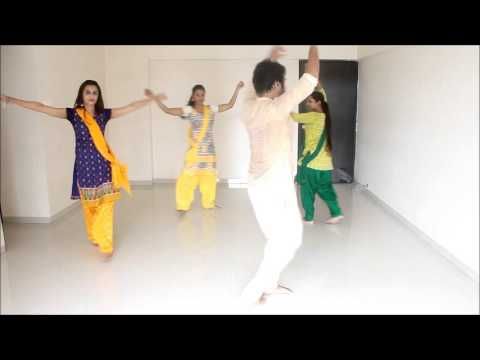 In vain. As I studied the market and read the stories of more successful producers, an unbearable, terrible thought formed in my head.
In vain. As I studied the market and read the stories of more successful producers, an unbearable, terrible thought formed in my head.
To achieve something, you have to work very hard
That explained a lot.
At the beginning of 2017, I was accepted to DTF. Since childhood, I loved games, I read LKI, the Land of Games and Igromania, so I was very happy with this opportunity.
I was part of the editorial staff for almost two years. At this time it was difficult to find the strength and time for music. I watched tutorials, analyzed other people's tracks, replenished my database of samples and presets, but completed projects during this time can be counted on the fingers of one hand.
Weird downtempo project - time.
Dubstep with the voice of YouTuber Jacksepticeye - two.
Gloomy base house - three.
Drum and bass, started back in 2016, four.
I tried to send each of these tracks to labels, but they were not taken anywhere.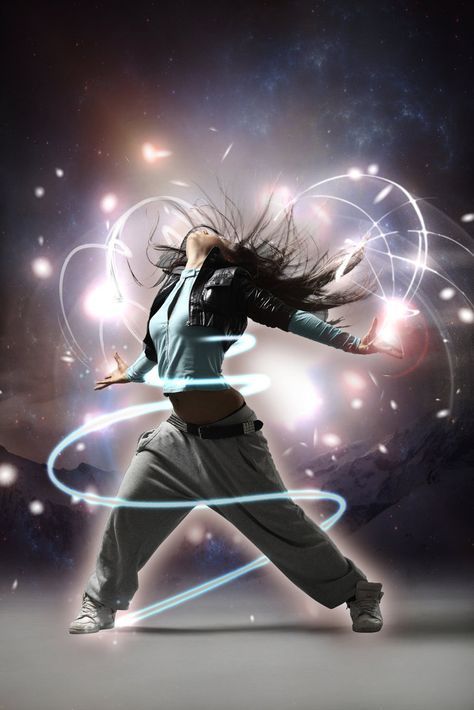 I was surprised: how is it that they have everything. And powerful basses, and cool drums, even some interesting effects. Isn't that enough?
I was surprised: how is it that they have everything. And powerful basses, and cool drums, even some interesting effects. Isn't that enough?
Oh, how little I understood.
Composing
In the spring of 2019, I started building a career as an indie game composer. A few months later, this occupation even began to bring in some money and soon became the main one for me. (You can read about this path here.)
I found a way to make money with music and immersed myself in creativity. A little bit not the direction that I dreamed of, but still it was progress. Working on the soundtracks, I learned to feel the music better, learned new techniques and added to my own libraries even more.
As for dance tracks, at the end of 2019, aggressive and fast base house was popular, and I tried to sit on this hype train.
But no labels took the track, so I released it myself through distributor DistroKid. It was my first "adult" release - the one that appeared on streaming services.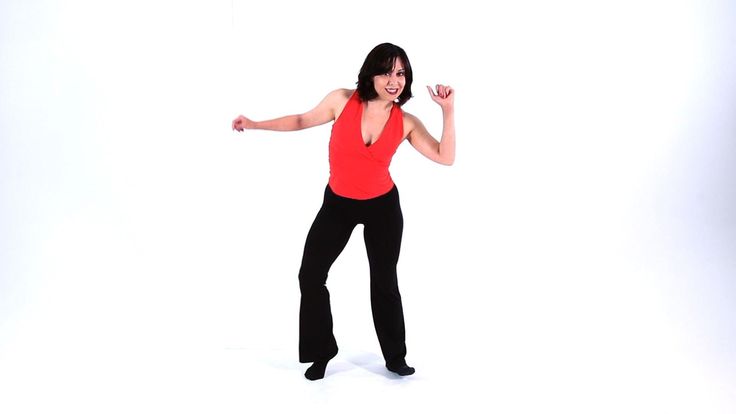 So far, I have earned exactly $0.03 on it. That's 17 auditions.
So far, I have earned exactly $0.03 on it. That's 17 auditions.
Back in the beginning of 2020, I made time for the LEAVEMEALONE halftime track.
The flops over the past couple of years made me wonder: what is wrong with my music? Why doesn't anyone want to take it? Reflection and reflection led me to an important conclusion: in the first place, I do not make the music that I really want.
I became interested in making music thanks to drum and bass, then I started listening to dubstep and electro house, and for some reason I always felt that these genres were what I needed to work on. But as soon as I listened to myself a little (which I had never done before), it turned out that I had nothing to express through bass music.
Therefore, I spent the following months looking for genres that would most accurately reflect my inner state. They were melodic house and techno.
Brute force
Since April 2020, I have decided to get into dance music properly. Since I used to be able to create compositions only through force, I came up with a challenge for myself: to finish one track every month.
Since I used to be able to create compositions only through force, I came up with a challenge for myself: to finish one track every month.
The logic was like this. By forcing myself to work on dance compositions month after month, sooner or later I had to develop all the necessary skills needed to create cool music.
I was going to basically brute force my creative powers
The first track turned out to be clumsy. The mixing is murky, there is not much development, both drops are arranged as if it were a summer banger, although a soulful melodic techno was conceived. But for starters, it will.
This track (and several others) I released again via DistroKid. Even tried to buy ads for him through Facebook. There were still few auditions (39 to date), but I was resentful of the label system after so many rejections and was determined to make a name for myself.
The next composition in May, Pasturage, was much softer.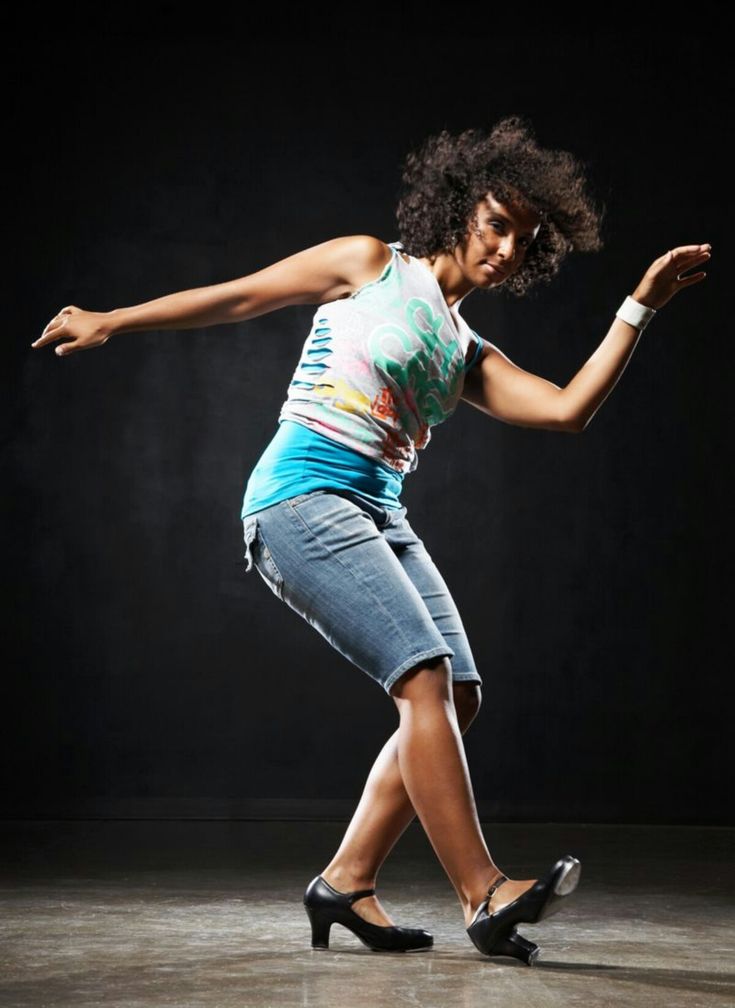 Birds, forest, nice sound design and summer rain atmosphere.
Birds, forest, nice sound design and summer rain atmosphere.
For this track, I also purchased advertising. This time I set up the ad better and invested more money, so the output was more tangible. Now he has 138 plays.
The June track Arcane turned out to be mysterious and attractive, like a Celtic forest. Hence the name.
I did not commission advertising for him, because the determination to promote myself in the music industry began to fade. I didn’t pour so much money into advertising tracks, but there was no more extra money.
The conclusion was that you can break through on your own only in two cases: if you have a lot of money for advertising (I didn’t), or if you know how to do cool PR in social networks (I didn’t know how). So I started looking towards
labels again.
Arcane was not taken to the labels (I did not even hope), but they took Autarca - the July track. Here's a snippet of it, and you can listen to it in full here.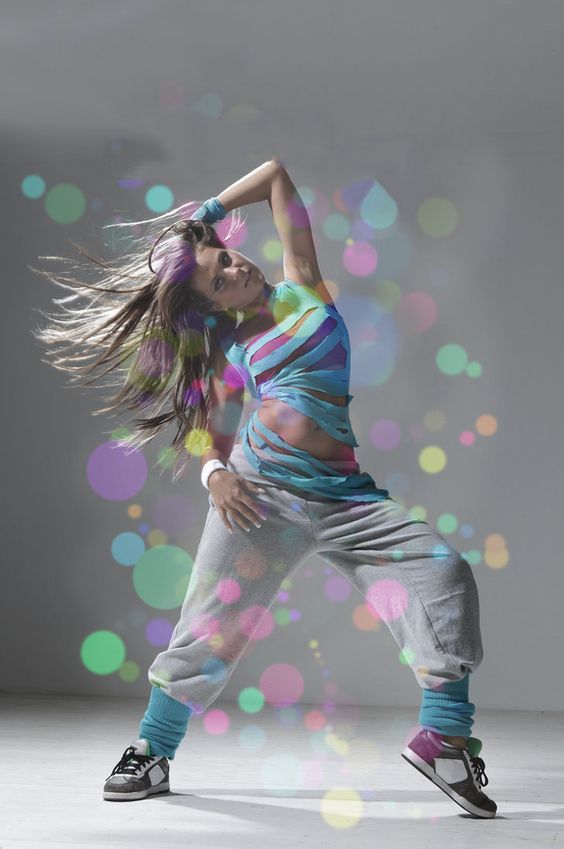
It was released as a compilation on the sub-label of a small St. Petersburg publishing house Polyptych. I knew perfectly well that this would not bring me any money or popularity, but I signed the contract anyway. You have to start somewhere.
The next track was a bit hooligan Help a Robot. I didn't send it anywhere, because big labels wouldn't take it, and it was long and tedious to look for small labels with such music. How do you even google them? "Labels with frivolous electro-house"?
In autumn I decided to make a three-track mini-album. For some reason it seemed to me that labels were more willing to take EPs than singles.
Even by this moment I had heard a lot of music in the selected genres and realized that in melodic house and techno, few people make tracks shorter than six minutes. So from now on, all my new compositions slowly fade in and out.
In general, the music has become less hasty and more conducive to immersion and thoughtful listening
As you might expect, my plan to boost my chances with labels with the EP didn't work out very well.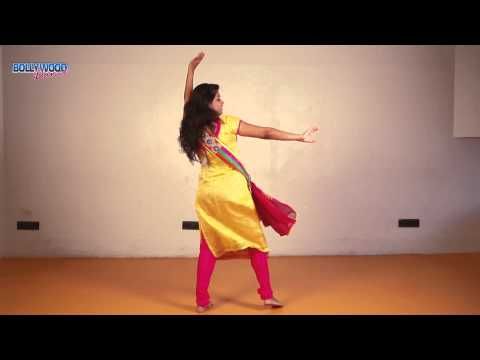 The release was eventually taken to the same Polyptych Limited (it will be released on July 5), but I was hoping for something bigger.
The release was eventually taken to the same Polyptych Limited (it will be released on July 5), but I was hoping for something bigger.
In December I finished the new track Rewired and decided to take a break. Working non-stop for nine months (and I also did soundtracks) without tangible results led to the fact that I just burned out.
Rest helped me rethink my priorities and figure out which way to go. I stopped caring too much about labels and started focusing more on creativity and self-expression. Plus, psychotherapy helped (and still helps) to listen to yourself better.
Rewired was included in the compilation for the Moscow label ONESUN (will be released sort of like in the summer).
Opening
I wrote the next composition at a more relaxed pace: burnout forced me to abandon the "one track per month" mode. Simultaneously with the work on the track, I was doing research. He carefully studied music in the chosen genres, pestered successful producers with questions, whom he could reach.
The result was the biggest takeaway of all time: major labels need unique music first and foremost. One that has not yet been
Within the genre, of course, although the boundaries between melodic house and techno are blurred.
How to achieve uniqueness? For me, the answer is simple: it comes from the uniqueness of the psyche. If you learn to listen well and express yourself adequately, then creativity will be unique. Therefore, when creating Bird Law in January 2020, I tried to listen as often as possible to what melodies, sounds, effects and just decisions resonate with me.
This track doesn't just meet some technical requirements, it's undeniably my . For example, the title is taken from a comic book that I really like.
It's the law
And the theme of birds in it is not only because of the name, but also because these animals (but not all) touch me and my wife very much. And also partly a track about the love that I feel for my wife, and this has something in common with the comic book. In general, a warm work about good things. The ones in me.
And also partly a track about the love that I feel for my wife, and this has something in common with the comic book. In general, a warm work about good things. The ones in me.
I don't know how noticeable this is to the outside listener, but I see a massive improvement over the previous compositions. He was even taken to a more serious label - the Italian Natura Viva. They promised to release it as part of a compilation. I don't know when exactly: for some reason, labels rarely notify me about such things, and I myself don't really care. I'm more focused on future works.
The last track so far is called You're Not What Your Mind Tells You. It's about my many battles with my own brain. It is a little sad, but with a light undertone, because no matter how scary the battles are, there is always a possibility to win. At least I can.
The other day I signed him to the Belgian label Sound Avenue. It will first be released exclusively on Spotify to try and push it into the platform's playlists, and will be released as part of a sub-label compilation in August.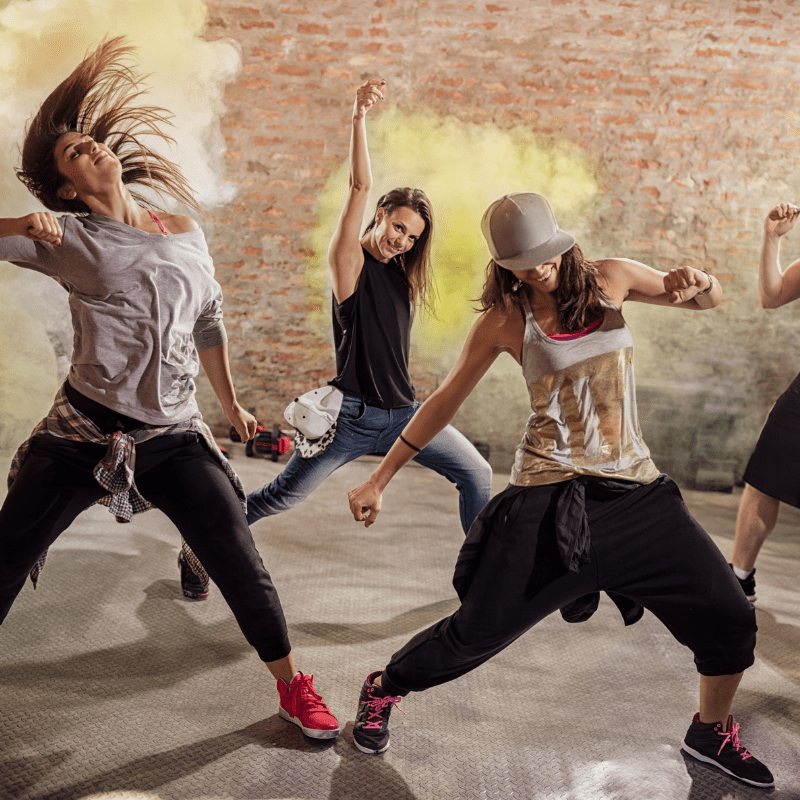
After You're Not What Your Mind Tells You, I again rethought my creative process. Now I try to treat music less as a series of separate projects and more just as a field for experiments, from which cool completed projects will grow. Let's see where this takes me.
Such things. Thanks for reading. By the way, I will soon launch a course on creating electronic music from scratch. If interested, you can read the details here.
If you like my music, you can subscribe to Soundcloud, YouTube or Spotify. All my future tracks will appear there as well. Also here are my social networks: Facebook, Twitter, Instagram, Twitch.
How to start dancing right now — choreographers tell
T
“It's easier to find yourself in dancing”.
How to take the first step towards what you like
Four professional dancer
On where to find freedom and how to stop comparing yourself with the other
Text: Aina Preston
Dasha
Michelle Beatz
Tagir Gindullin
Eva Uvarova
Music - a universal instrument that moves world, it is literally inscribed in our DNA.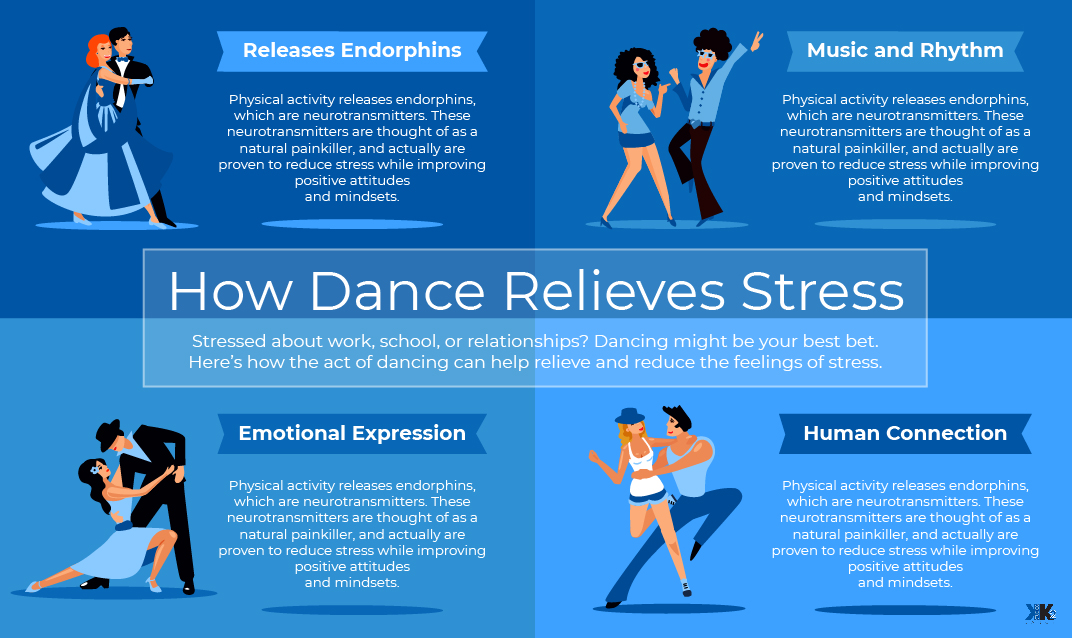 With its help, we can inspire and shape the pop culture of the present and future here and now. Music is inextricably linked with dance. Dancers feel the rhythm and are able to harmoniously complement the musical composition with movements. It is dance that gives them a powerful emotional release and helps them relax. And to feel this, it is worth taking one small risk - allowing yourself to dissolve into the music and turn off your head. How to take the first step and not be afraid to try what you are drawn to? We deal with Tommy Jeans, PRODANCES and our heroes, who found a common language with their fears and learned to express emotions through music and movements.
With its help, we can inspire and shape the pop culture of the present and future here and now. Music is inextricably linked with dance. Dancers feel the rhythm and are able to harmoniously complement the musical composition with movements. It is dance that gives them a powerful emotional release and helps them relax. And to feel this, it is worth taking one small risk - allowing yourself to dissolve into the music and turn off your head. How to take the first step and not be afraid to try what you are drawn to? We deal with Tommy Jeans, PRODANCES and our heroes, who found a common language with their fears and learned to express emotions through music and movements.
DASHA ROLIK
DASHA ROLIK
The choice between directions
I consider myself a versatile artist, I do several types of dance, but most of all I am known for the Vogue culture. This is not just a dance style, but a whole culture about protecting the rights of sexual minorities.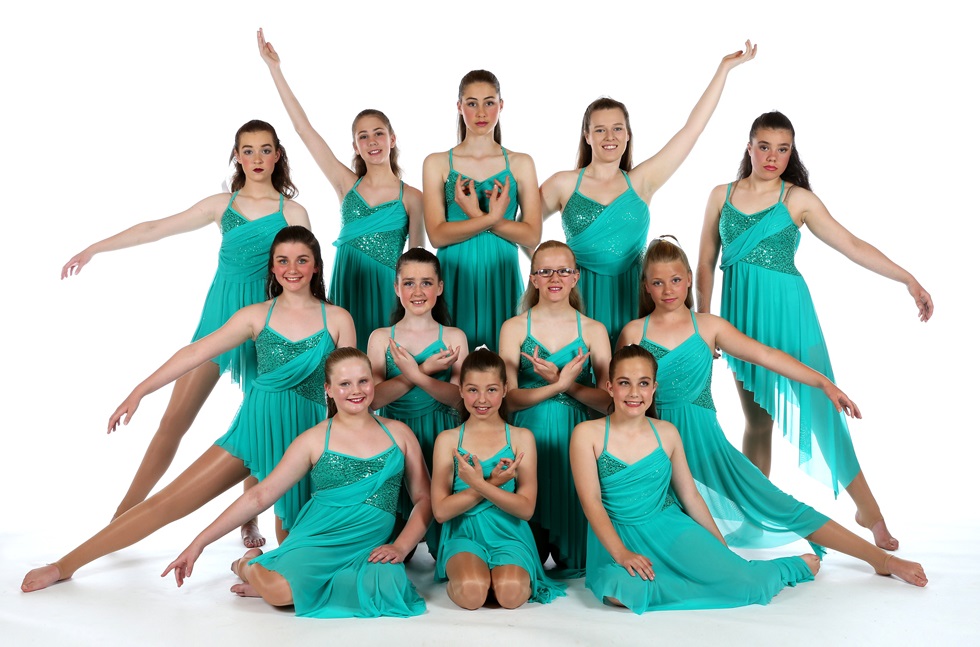 This culture is very daring: here and now you can look whatever you like - fully comply with fantasies, externally and internally, carry yourself proudly, inventing new images. Vogue is a great occasion to dress up, surprise, delight. Exactly 10 years I have been developing in this direction, and it does not bother me, I constantly learn new things.
This culture is very daring: here and now you can look whatever you like - fully comply with fantasies, externally and internally, carry yourself proudly, inventing new images. Vogue is a great occasion to dress up, surprise, delight. Exactly 10 years I have been developing in this direction, and it does not bother me, I constantly learn new things.
Synergy of dance and music
Good composition inspires dance. First came the music, then came the dance. But it also happens that a dance is born in silence, without sounds: when you have the right mood and a visualization of movements is born in your head. But this comes with experience. Of course, dance and music are closely related.
An alternative to dancing
Now, in parallel with dancing, I am developing as a director, producer and co-organizer of dance events, doing photography and video. Therefore, it seems that if it were not for the dance, then my activity would be connected with the organization of cultural events. I like to create, develop and bring something new, inspire myself and others, reveal people, come up with new ideas. I also love to cook, so I could be a great cook.
I like to create, develop and bring something new, inspire myself and others, reveal people, come up with new ideas. I also love to cook, so I could be a great cook.
How the image begins
I focus on my mood, how I look: I can be in different weight, with different hair colors and lengths. Trends play an important role here. Of course, first of all, I start from my expectations and how I want to look. I try not to repeat myself, to be different. I ask myself what kind of makeup I want: bright, aggressive, calm, romantic, defiant. Do I want to be sexy or conservative. This is how I collect the image. I take things from my own wardrobe or turn to stylists, ateliers, sometimes I can rent something from showrooms. Creating an image is always very interesting, it helps to show creativity.
Uniqueness - awareness
Comparison does not give us anything, it takes energy and strength that can be spent on developing and multiplying potential.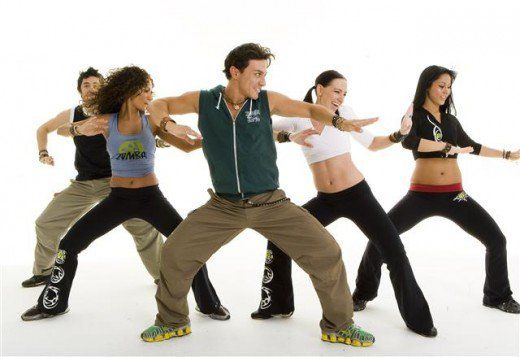 The uniqueness must really be realized, each person defines himself. Sometimes you need to think about what you want. As soon as you realize your own value, then claims to yourself will disappear. You can’t compare your beginning of the path with someone else’s middle.
The uniqueness must really be realized, each person defines himself. Sometimes you need to think about what you want. As soon as you realize your own value, then claims to yourself will disappear. You can’t compare your beginning of the path with someone else’s middle.
Finding yourself
Don't hold on to people and things, no matter how selfish it may sound. Then you will understand what you like, and what is imposed by society. When looking for your own business, it is important to start from inner feelings, focus on those very “butterflies in the stomach”.
Philosophy of dance
Dance is body language. I dreamed of being a presenter, but oratory is difficult for me, it’s easier for me not to speak, but to dance. When I hear music, I breathe, the body emits vibrations, vibrations are reflected in the plasticity of forms, in movements, emotions. Dancing helps to develop personality. It's a unique way of expressing yourself. Sometimes words are not needed to understand us.
MICHELLE BEATZ
MICHELLE BEATZ
Sports and creativity
My dancing journey began 10-12 years ago. I quit playing professional football, where I got seriously injured, burned out emotionally and physically, and could not walk normally. A friend called me to support him at a dance performance, where I saw how people can control and feel their body, I missed this in football. I think dance and football are similar: football also has a pace, a rhythm, it's a dance with a ball. But the structure is different, football is a sport, and dance is creativity.
The right music
I'm looking for music on streaming services. Usually I think about which track is more suitable for a performance, I put on performers who meet the requirements, and I look for a suitable track. Everything is pretty simple.
WHEN THERE IS NO INSPIRATION
Usually at such moments I get distracted: I review some large-scale shows, performances of stars, listen to music.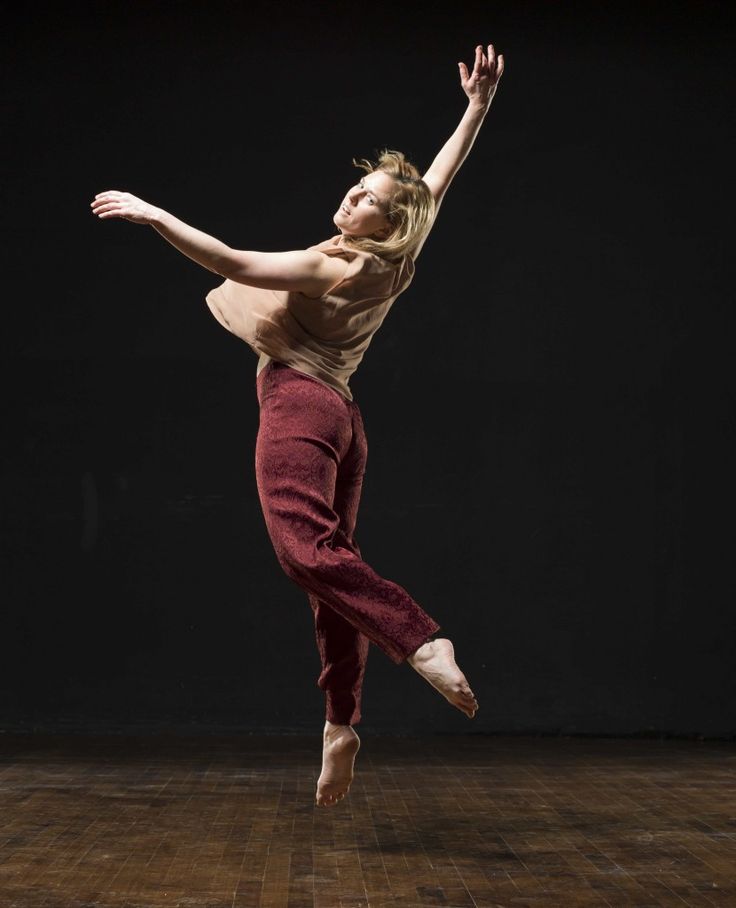 There is another way - to abstract. If everything is tired, you need to give yourself time to relax, switch to another activity. You can cook food, watch a movie. Taking a break from what you do all the time can provide inspiration and motivation.
There is another way - to abstract. If everything is tired, you need to give yourself time to relax, switch to another activity. You can cook food, watch a movie. Taking a break from what you do all the time can provide inspiration and motivation.
Dance clothes
Clothes are one of the main attributes of dance. It gives character to movements, creates mood. I love to dance in jeans, voluminous t-shirts. It is very important for dancers that we ourselves like how we look, this sets the tone for the performance.
Comparing is okay
When you're at the start, it's okay to compare yourself to others. Helps you understand what you are missing. But then it is better to focus on your own feelings. Everyone has their own style, physiology and musicality, you just need to work on technique. When people follow someone, try to copy, it only leads them astray.
Tune TO
Friendship with Tommy Jeans
The first project with Tommy Jeans was something very unusual for me.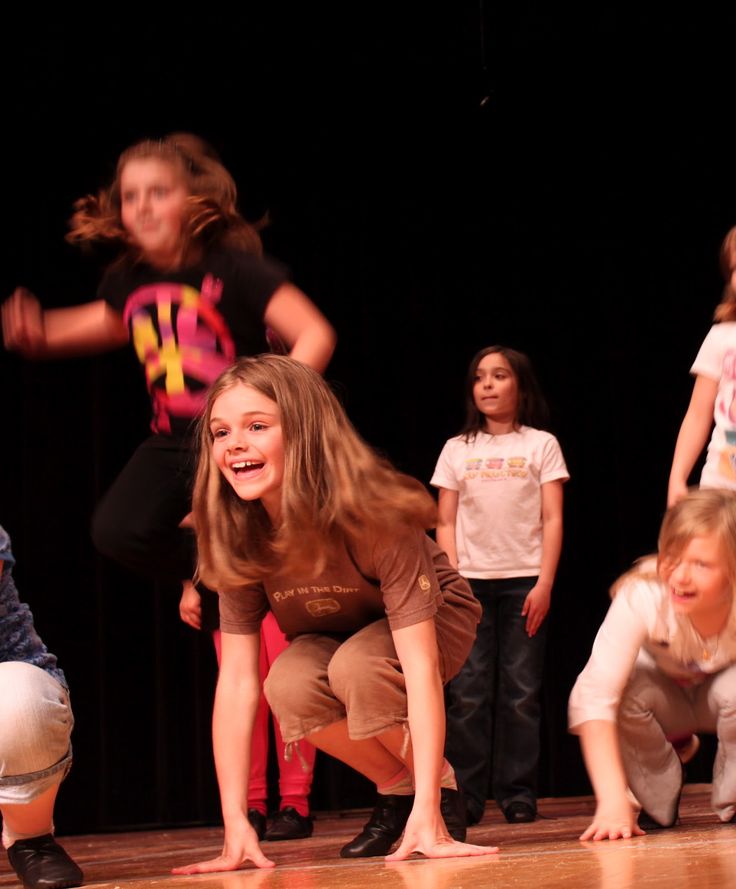 I got to know the brand better, learned a lot of new things, despite the fact that I have been wearing their clothes for a long time. The collaboration was a pleasant surprise. The emotions are very cool, I hope that in the future we will be friends and work with Tommy Jeans.
I got to know the brand better, learned a lot of new things, despite the fact that I have been wearing their clothes for a long time. The collaboration was a pleasant surprise. The emotions are very cool, I hope that in the future we will be friends and work with Tommy Jeans.
MY JEANS
TAGIR GINDULLIN
TAGIR GINDULLIN
The main thing is to continue
I've been dancing for 16 years now and I never thought of quitting. In 2012, I broke my arm, and after the operation there was practically no rehabilitation period - two weeks later I was already in the gym. For some time he danced only on his feet, with his hand bandaged, and two months later he already participated in the championship. With apprehension, of course, but he participated. The main thing here is to continue.
Hobby can become a profession
I have been dancing since I was 10, but in my childhood I didn’t realize what I was doing and why, I didn’t set big goals. Some results began to appear in the first years of training. At the age of 14, I went to live in Moscow, without parents, then the realization came that dancing could become my life's work. This transition of a hobby into a profession happened very smoothly and organically, but it could not be otherwise.
Some results began to appear in the first years of training. At the age of 14, I went to live in Moscow, without parents, then the realization came that dancing could become my life's work. This transition of a hobby into a profession happened very smoothly and organically, but it could not be otherwise.
Music is paramount
When it comes to performing, music is very important. If the audience likes the composition, then my solo will definitely be remembered. It is also important for me how my body and soul respond to the track. At competitions, the DJ is responsible for the music, the dancers do not know what they will perform under. This is freestyle, improvisation, connection with the composition. If you fall into a musical "pit" during a battle - this is the most difficult moment, you need the right settings. In general, music is paramount. If the dance has a great soundtrack, then there are more chances to show your maximum.
Clothing as a guide
I wear what I feel comfortable and easy to move in. I perform mainly in sports things. In breakdancing, style is very important. I always separate things: for everyday life, training, competitions, festivals. Each separate occasion requires a corresponding image.
I perform mainly in sports things. In breakdancing, style is very important. I always separate things: for everyday life, training, competitions, festivals. Each separate occasion requires a corresponding image.
Metamorphoses in a career
At the very beginning of the journey, it was not difficult at all: there were no obligations, deadlines, projects. I remember that in my childhood a bank was built next to my house and tiles were laid - I was happy just because I could spin on this tile. Now it is more difficult - more responsibility. You begin to treat your body differently, study yourself, fill bumps. For example, there is such an element of air twist (power rotational movement in breakdance), all my life I did it intuitively, and only after 10 years I realized that there is a technique that you just need to master.
The excitement hasn't gone away
I've competed in championships in over 30 countries, performed on big stages, starred in TV projects, but the excitement hasn't gone away. At small events, it is a little less, but at the World Cup, where legends look at you, this feeling pervades the body. I use it to my advantage - as soon as I take a step, I release adrenaline and accelerate.
At small events, it is a little less, but at the World Cup, where legends look at you, this feeling pervades the body. I use it to my advantage - as soon as I take a step, I release adrenaline and accelerate.
Everyone is unique
We are all special, no two people are the same. Uniqueness is not something to strive for, it is already in everyone. You need to be able to feel yourself and your needs, to do what you really like. Working on oneself and realizing one's potential is what makes a person himself.
Eva Uvarova
Eva Uvarova
restrictions and freedom
since childhood I have been engaged in gymnastics (until the video with my VOG was scattered on the Internet) and today I understand - both sports and dances require a full return. In addition, they become part of your life, which brings you a storm of emotions. The main difference is that in sports you are limited, you adhere to discipline, and in dancing you are free, open to new things. It is easier to find yourself in dancing.
It is easier to find yourself in dancing.
Dancing is an opportunity
A professional dance career has opened up many opportunities. Thanks to dancing, I met interesting people - sport would hardly have given me such a chance. The people who appeared in my life incredibly support and inspire me, it helps to develop. I was able to visit different countries, see what other dancers are capable of. I also starred in music videos, collaborated with major brands, for example, in October I participated in the Tommy Jeans x PRODANCE project for the first time. Then I was able to show my dance to a large audience and proved to myself that I can achieve a lot. I have long liked the Tommy Jeans brand, and the opportunity to work together made me very happy.
Style is a mix
Honestly, I can't describe my dancing style in one word. I tried many directions, most of all contemporary or modern dance resonates with me. The plasticity and technique of this style are very close to me, I like the sensations during movements.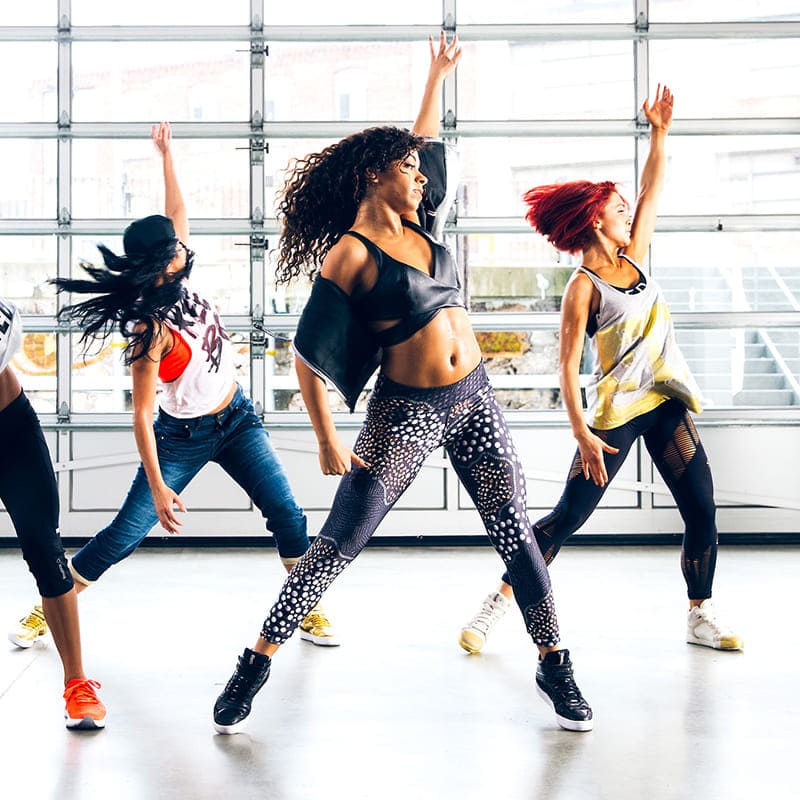 To summarize, my dance style is a mix of different directions, improvisation, taking into account different dance experiences.
To summarize, my dance style is a mix of different directions, improvisation, taking into account different dance experiences.
Motivation and willpower
Willpower helps to achieve goals. I make decisions and start working and giving my best. If you really do what you love, then no additional motivation is needed. What you love doesn't require much effort.
Clothes are a reflection of yourself
Clothes help complete the dance. If I go to hip-hop, then I choose voluminous things. I associate this style with freedom, so clothes should not hinder movement. If I go vogue, I choose tight-fitting clothes that emphasize the curves of the body and help me feel more confident.
Music guides
Place of music in dance
Usually dancers choose music first. With the help of the body, we try to convey the lyrics of the song, the mood. I first look for a track, and then I select a choreography that describes the melody, words and feelings.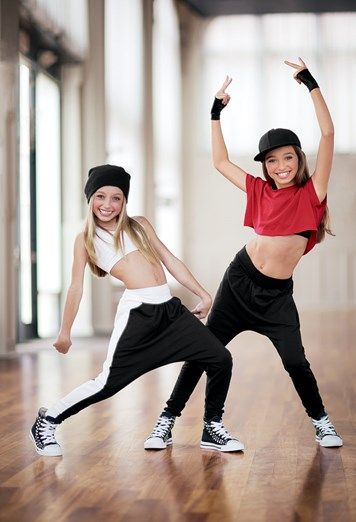
onward
Comparison is a fine line
By comparing, we evaluate ourselves, and this affects our confidence, general condition and desire to move on. Comparison sometimes helps you identify your strengths and weaknesses, but most people tend to look for flaws in themselves, so more often it is quite destructive and interferes with the implementation of plans. There is a fine line here: if a person is able to objectively evaluate his own and other people's abilities, then the comparison is acceptable, but if not, it is better not to even start.
Become part of the community
Tommy Jeans Global Brand Initiative supports talented people who are disrupting the existing order for positive change.
Right now, @tommyjeans is becoming a content platform where everyone can get creative and take the first step towards their dreams.
For example, take part in a competition and get the opportunity to win an online course, during which you will be supported by choreographers in a private chat.



